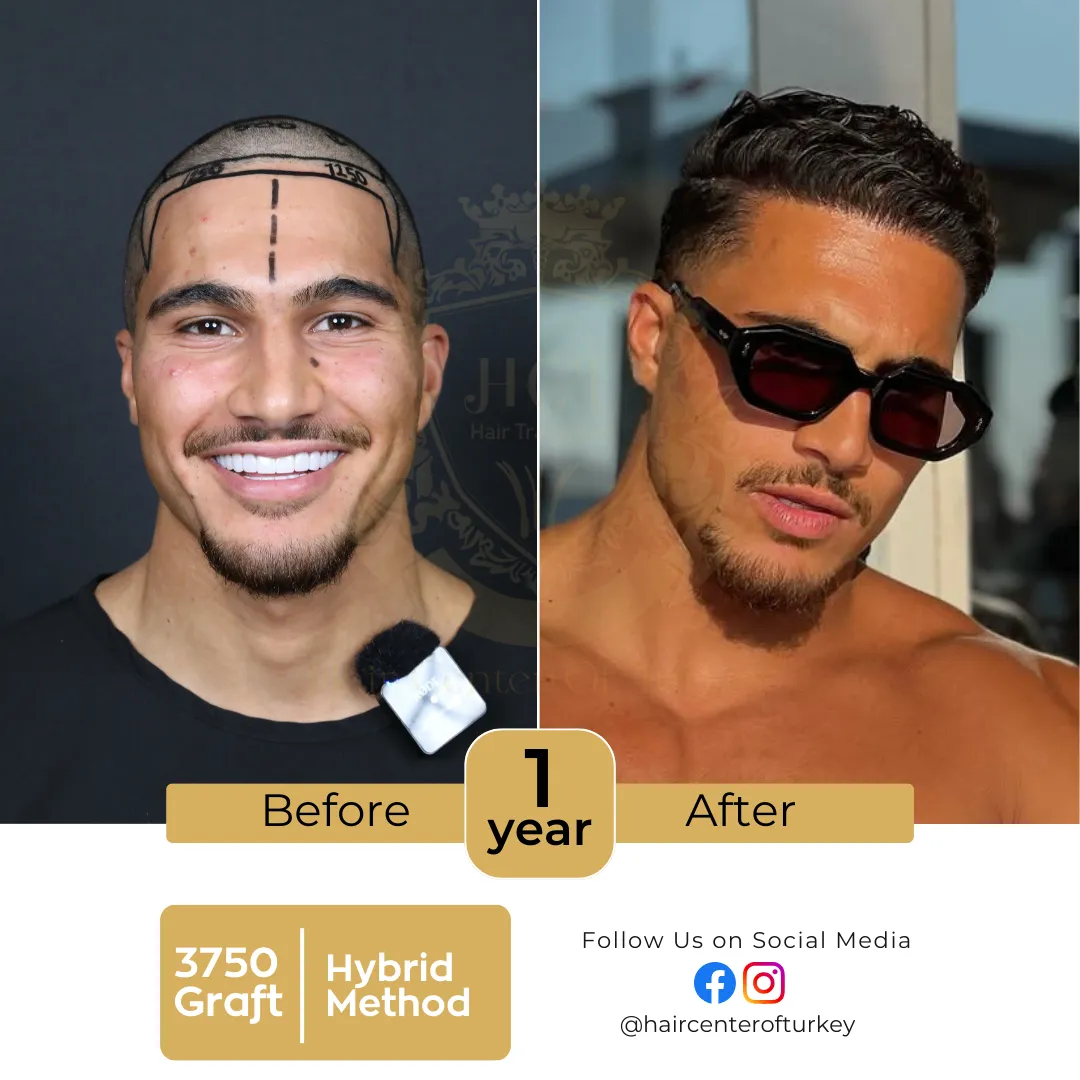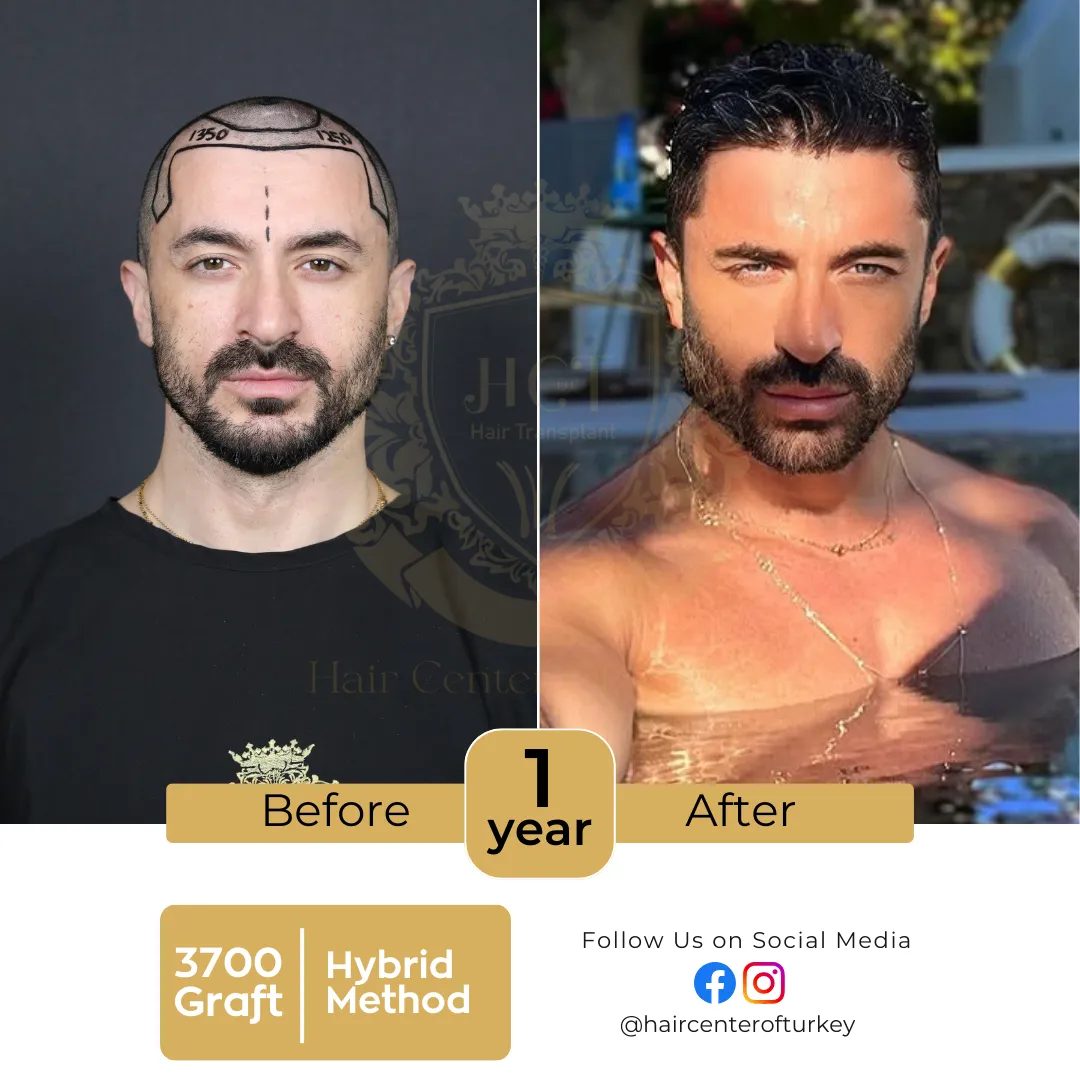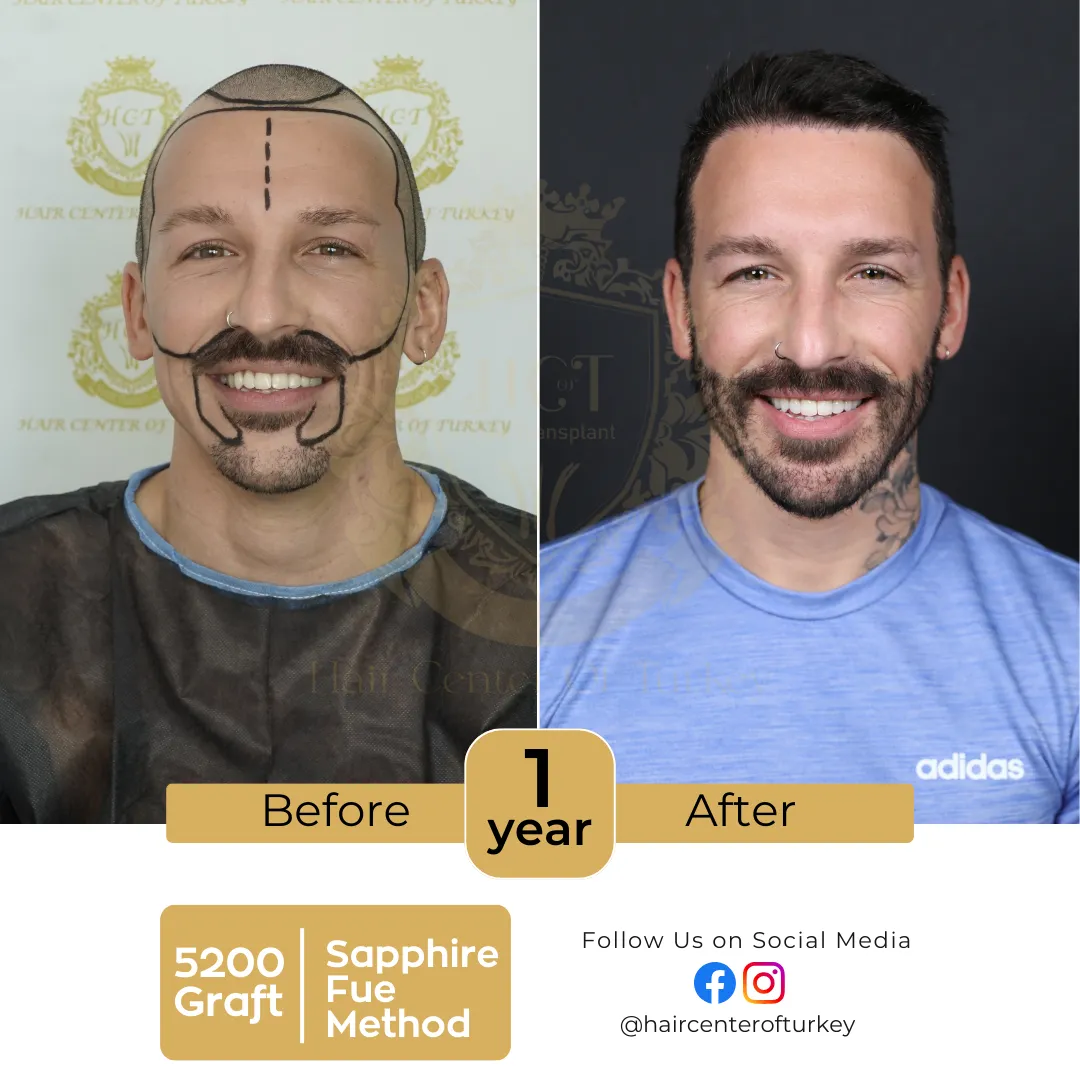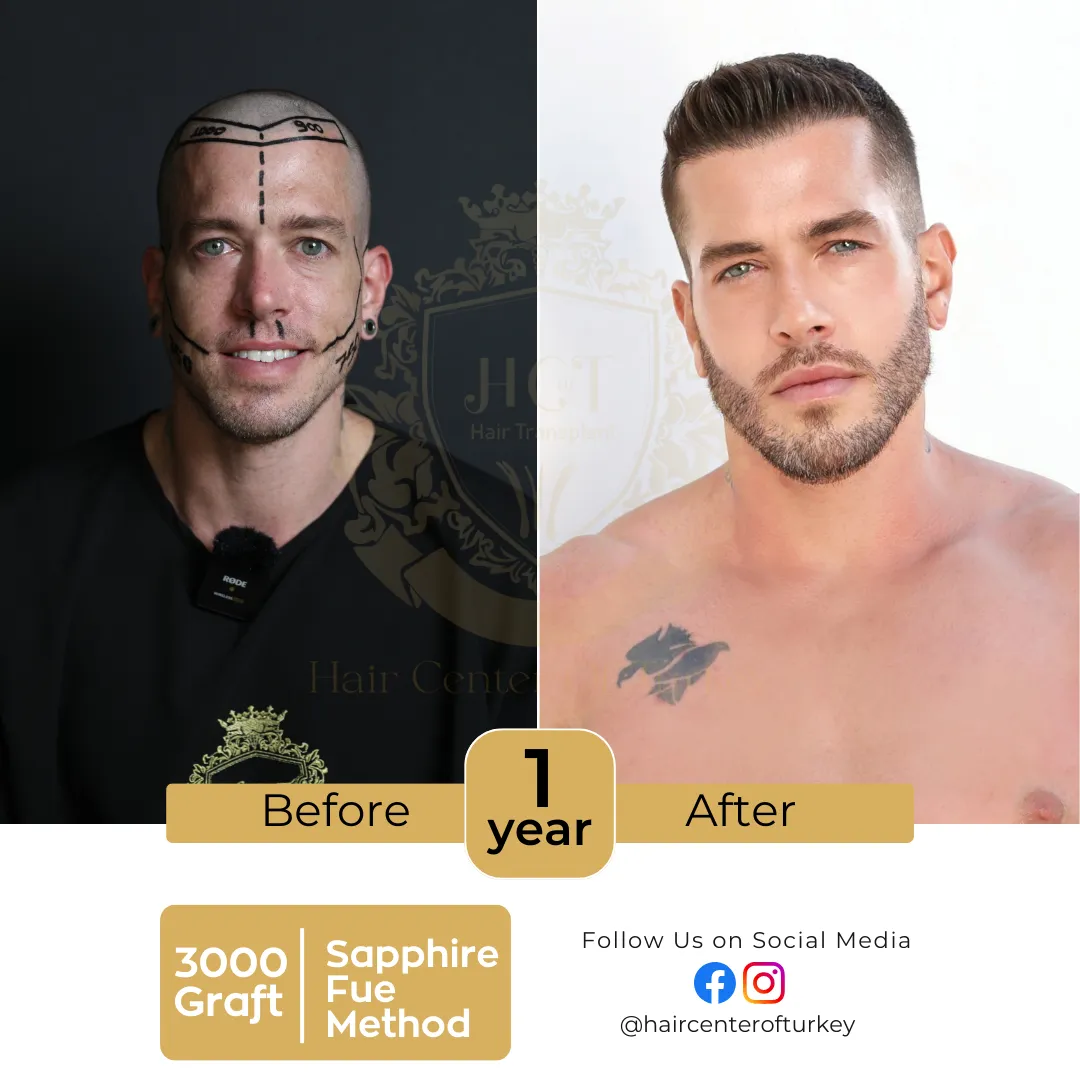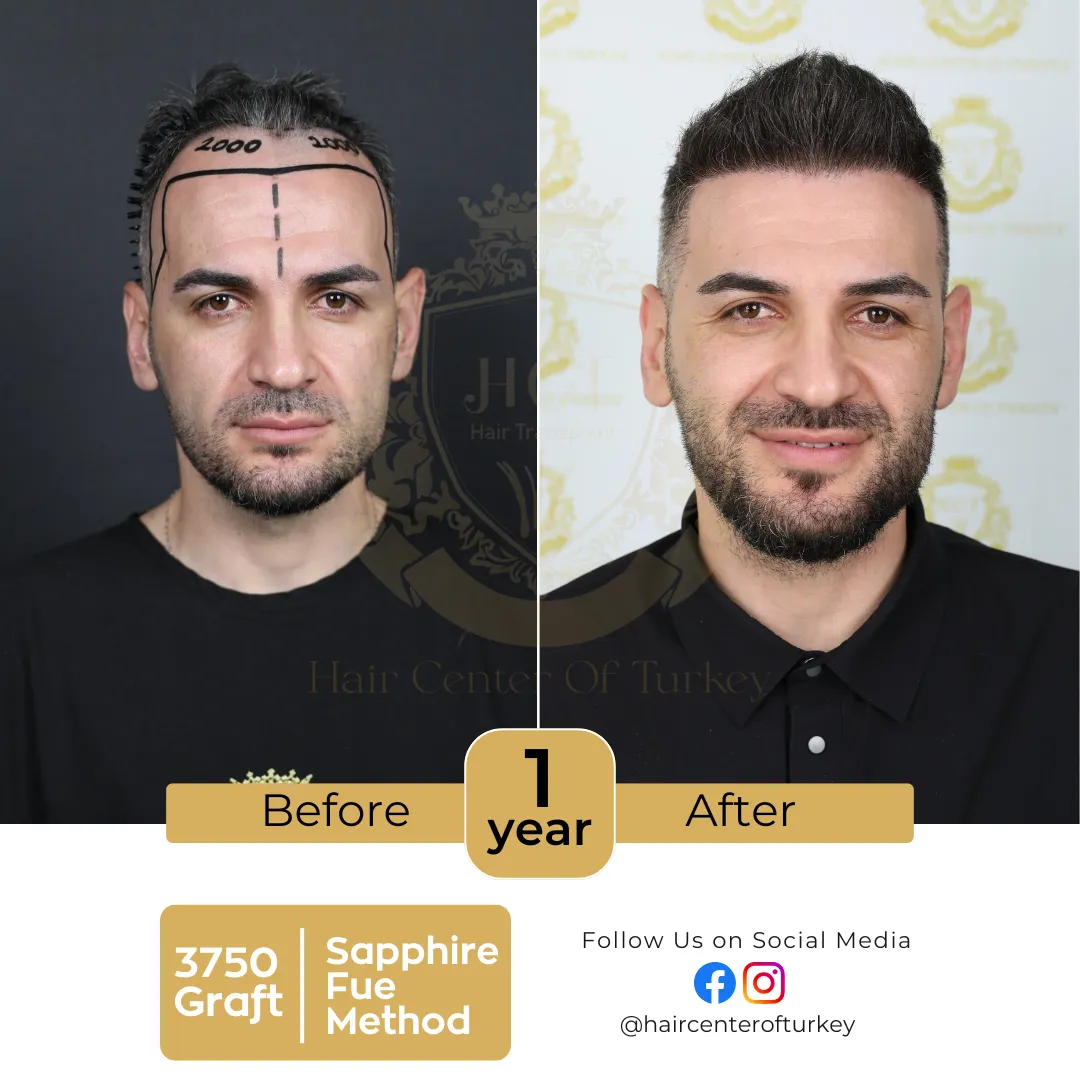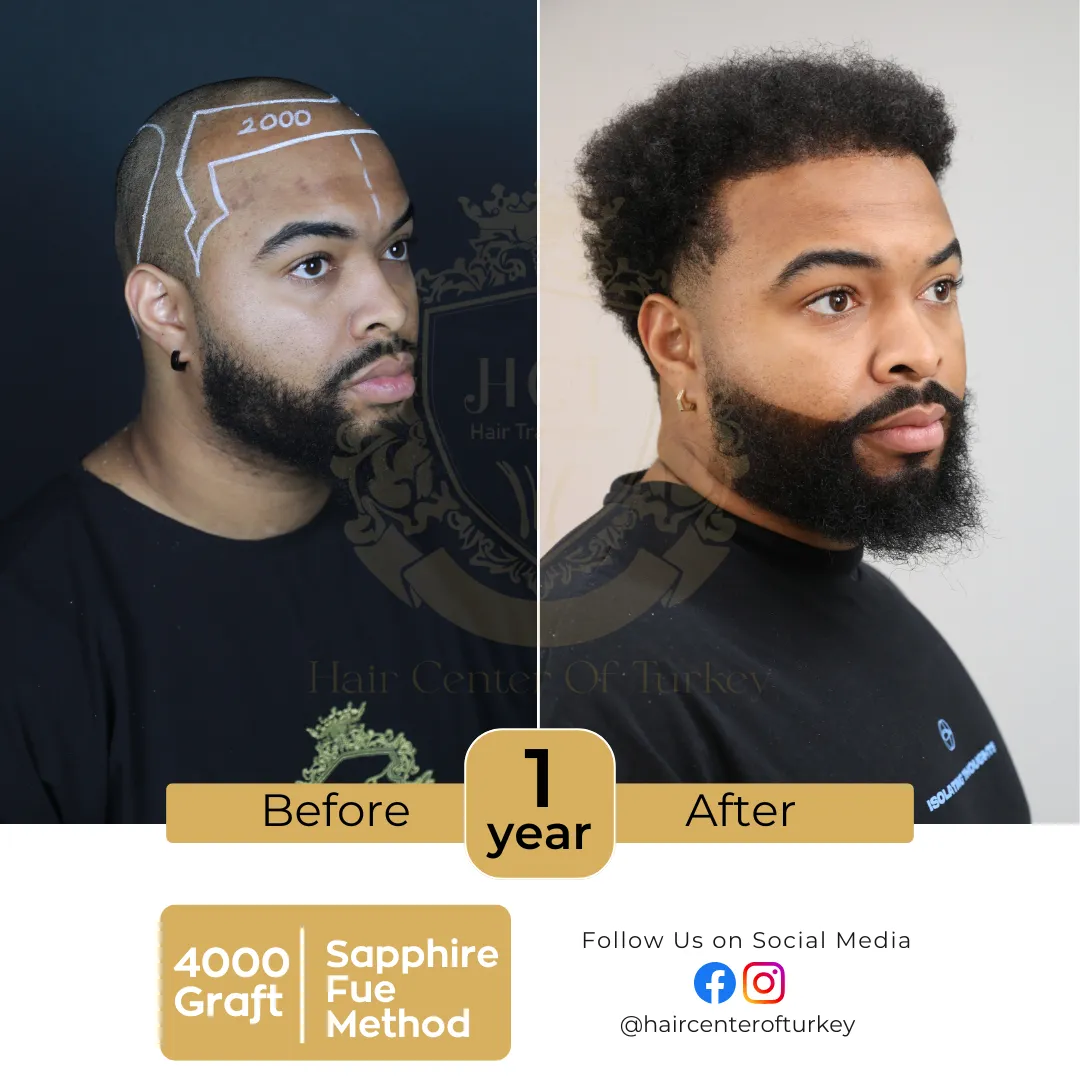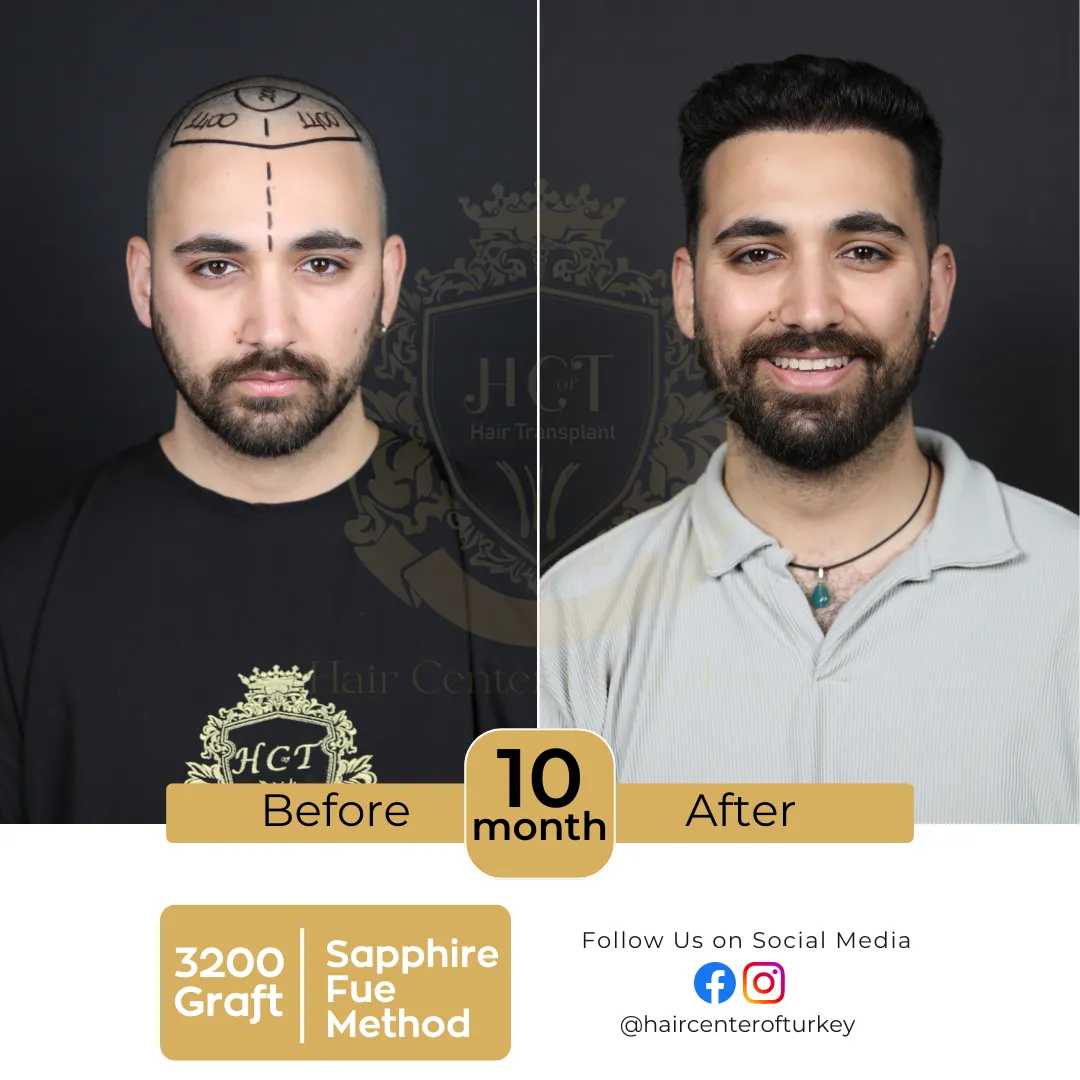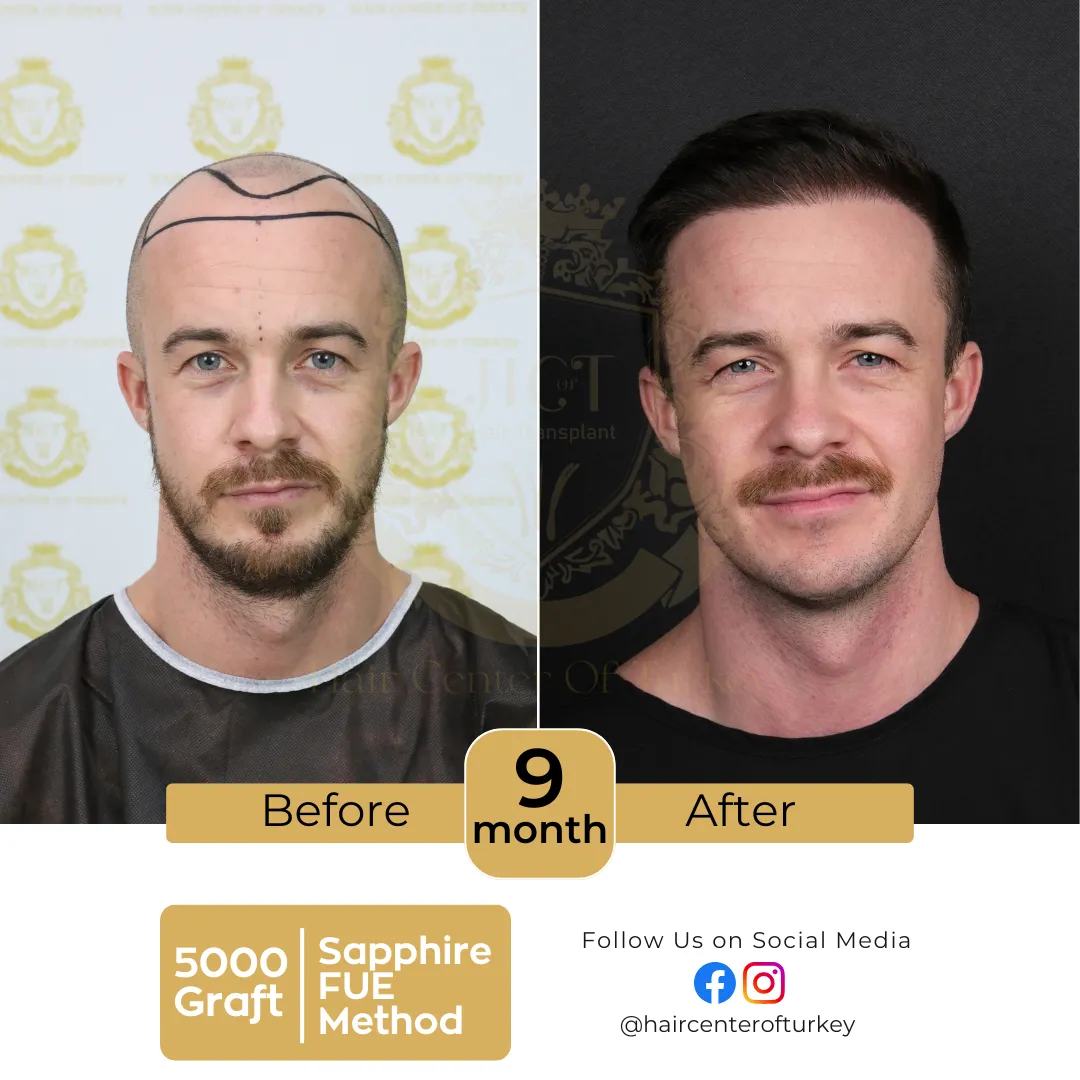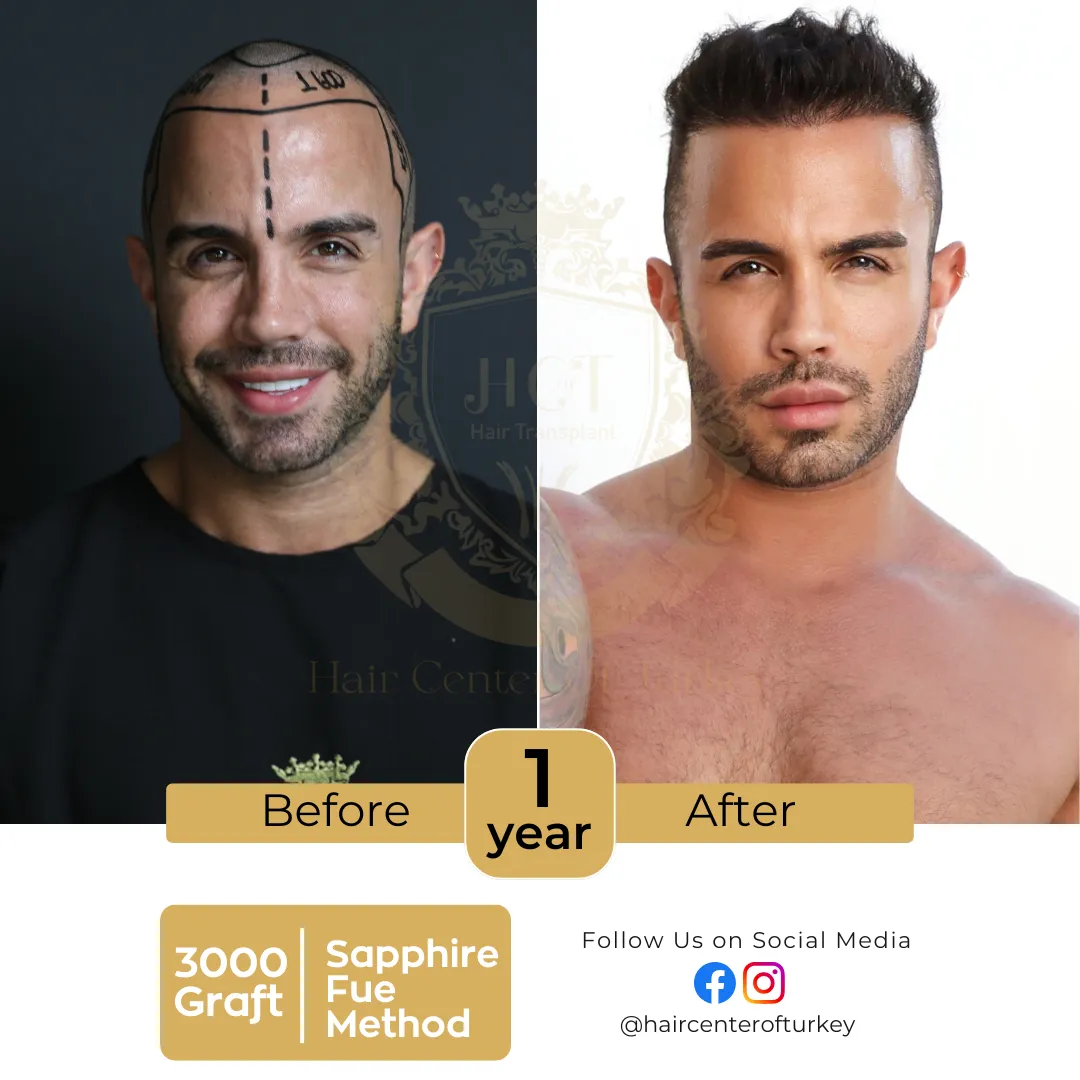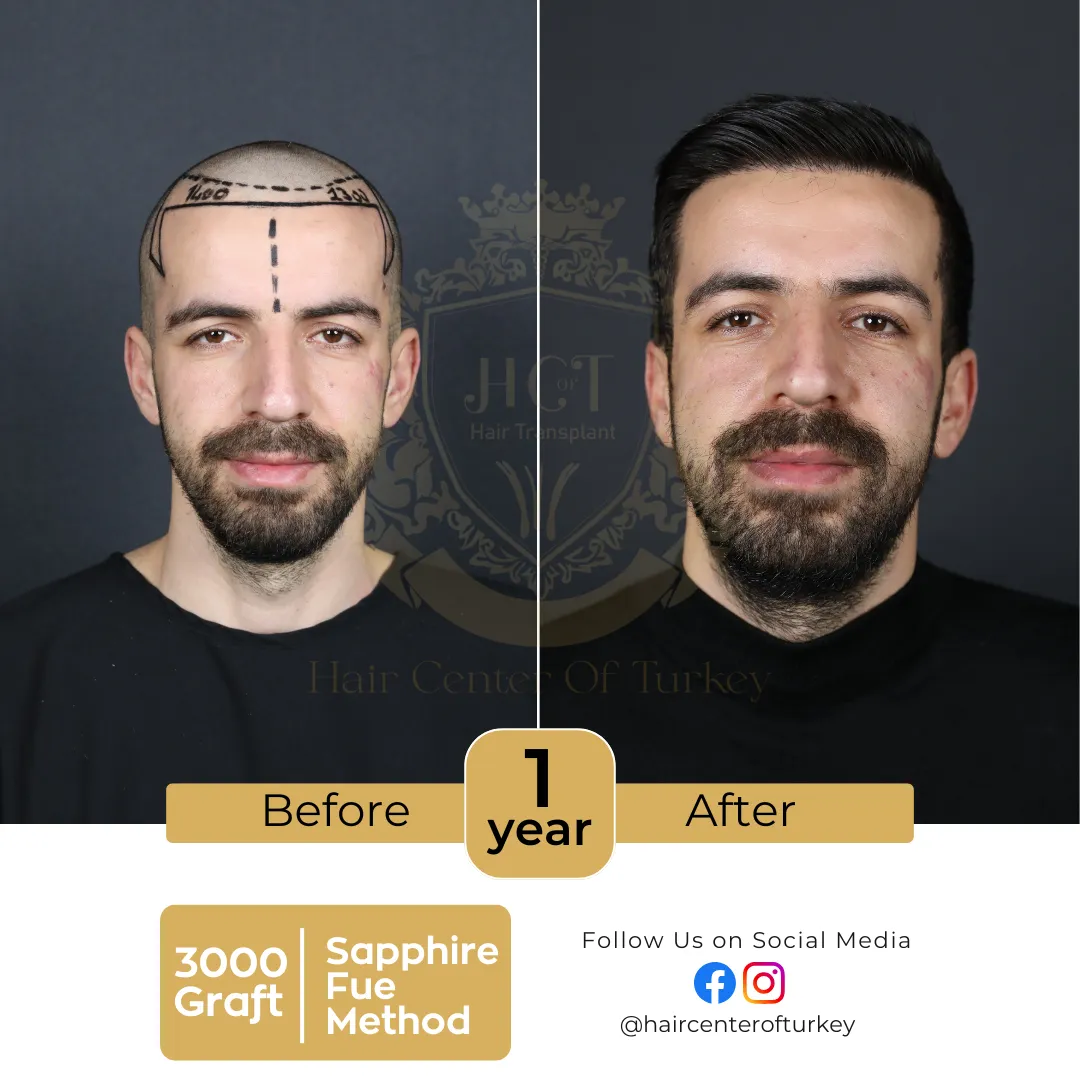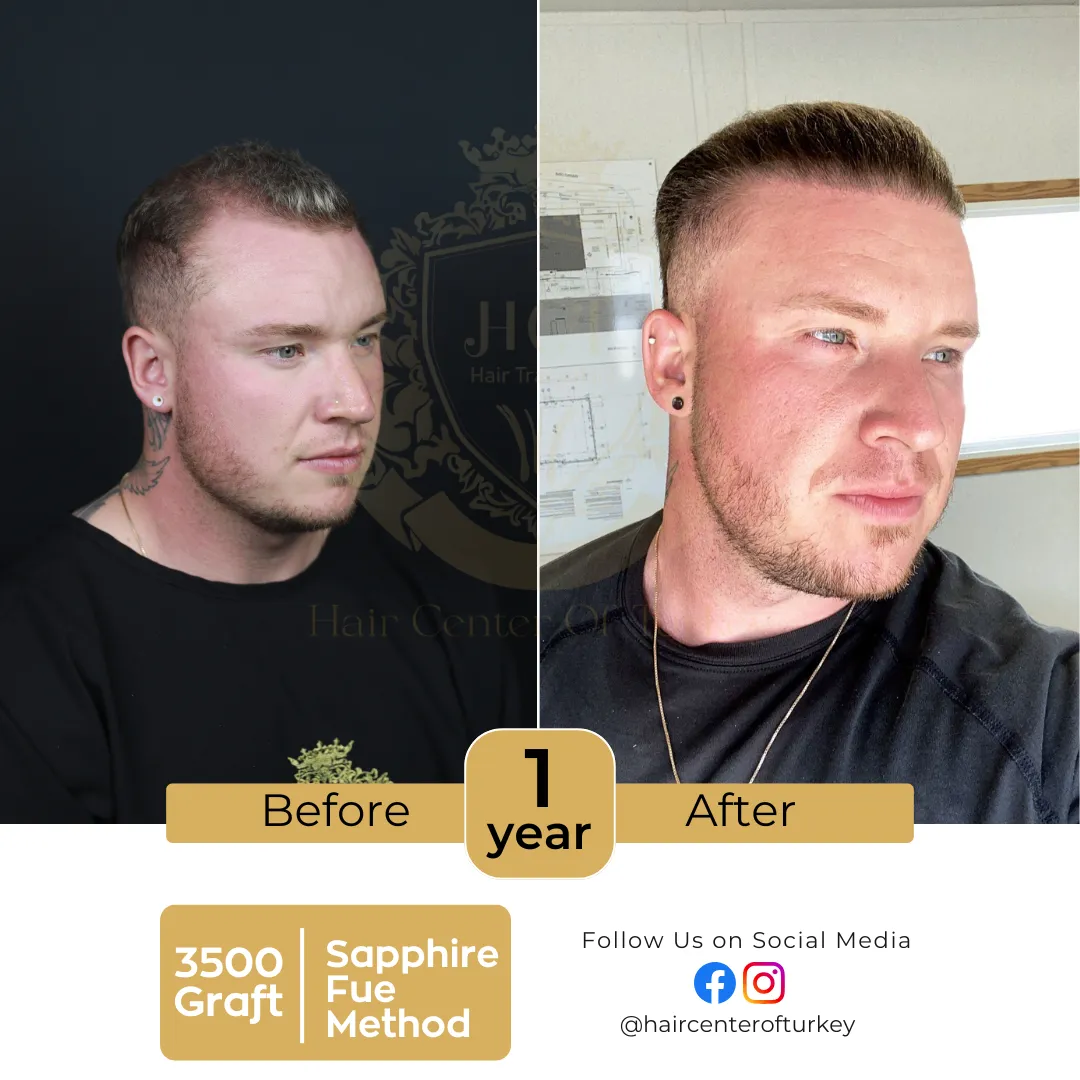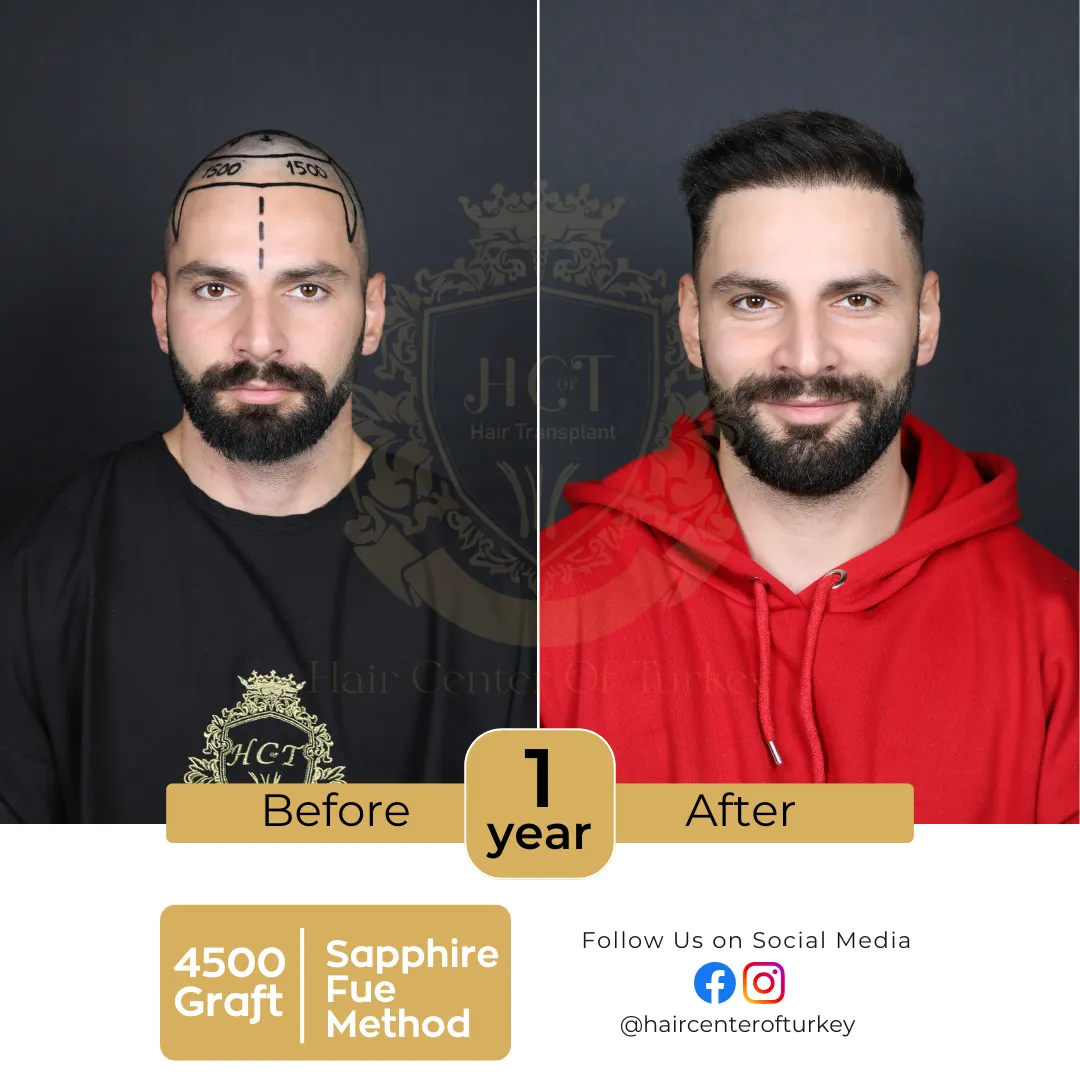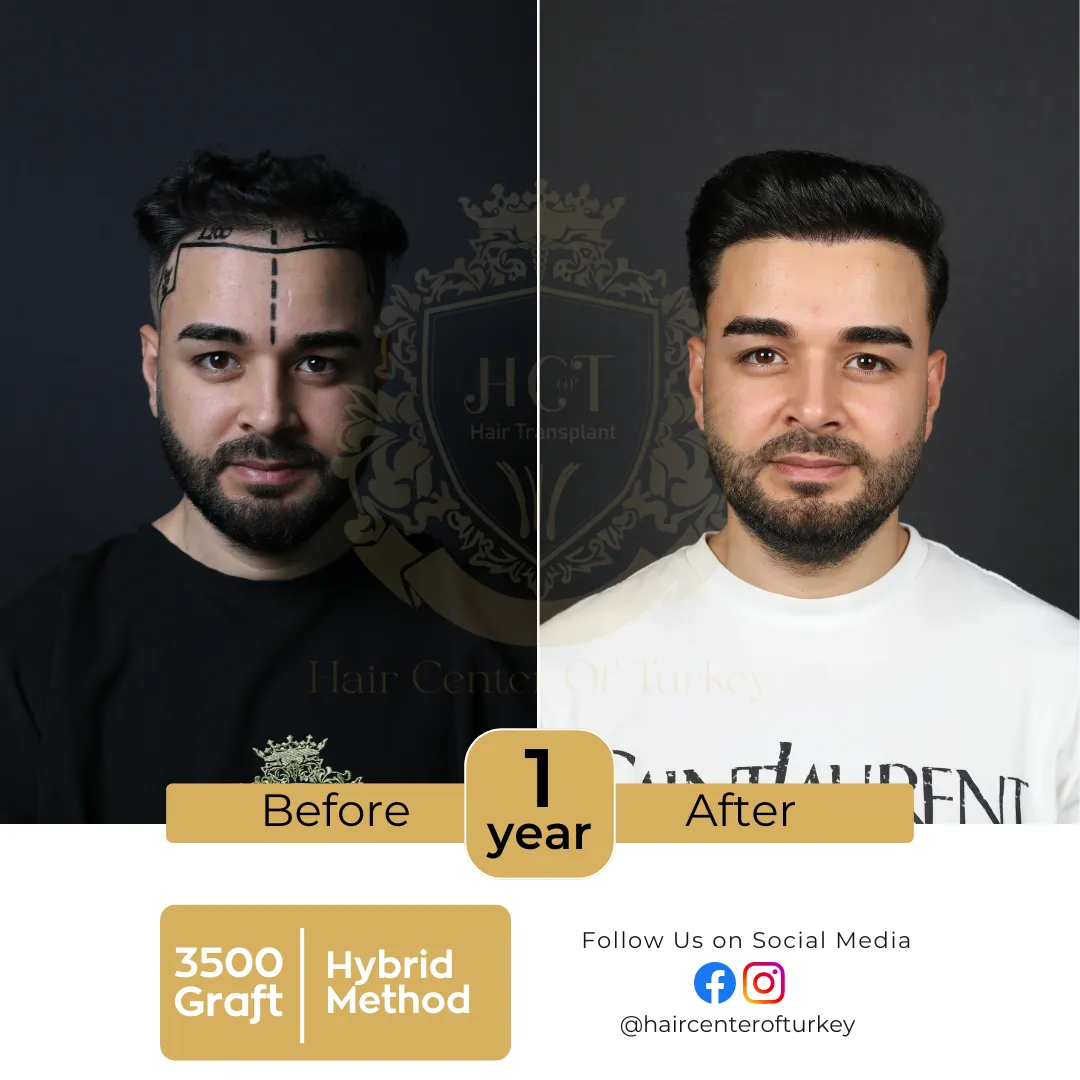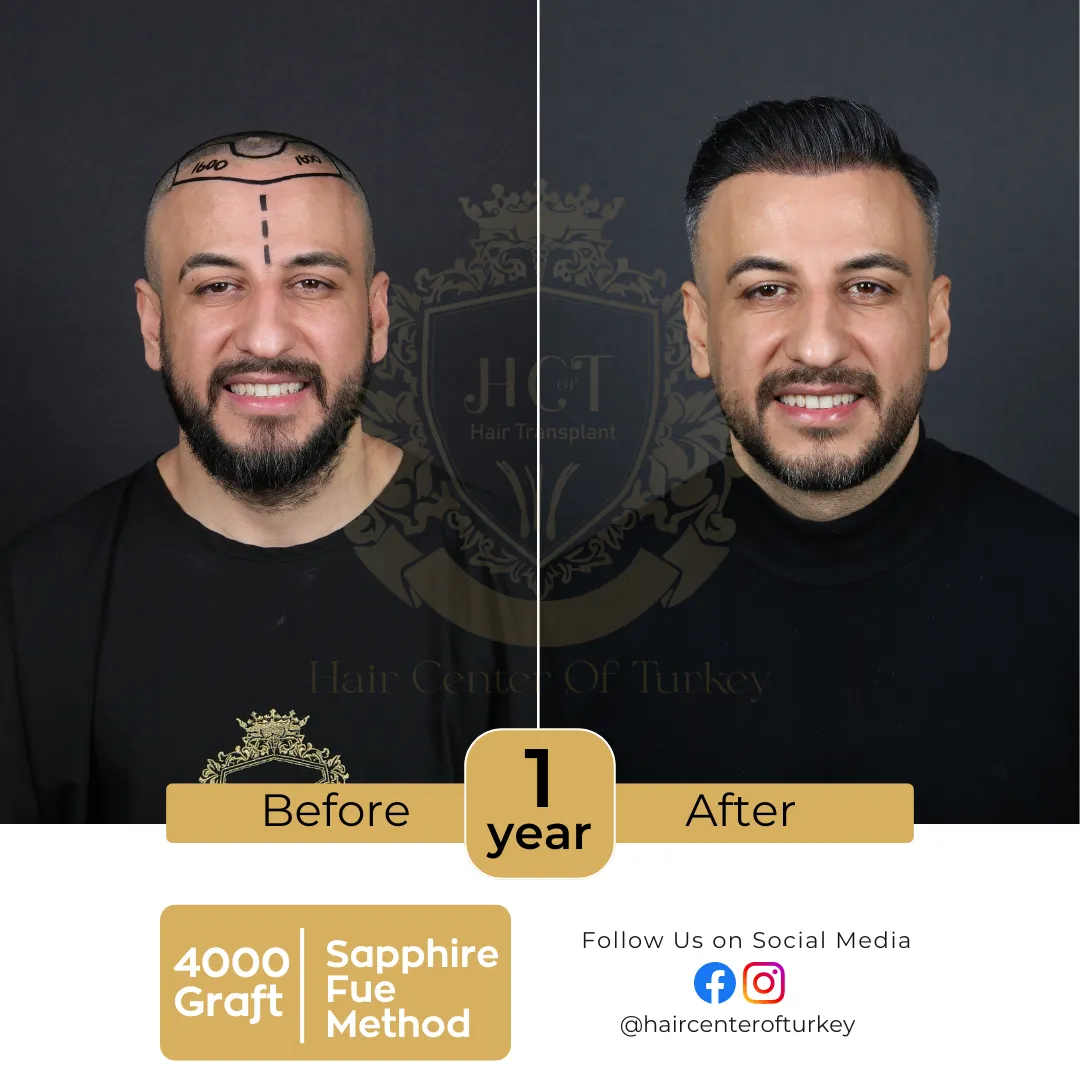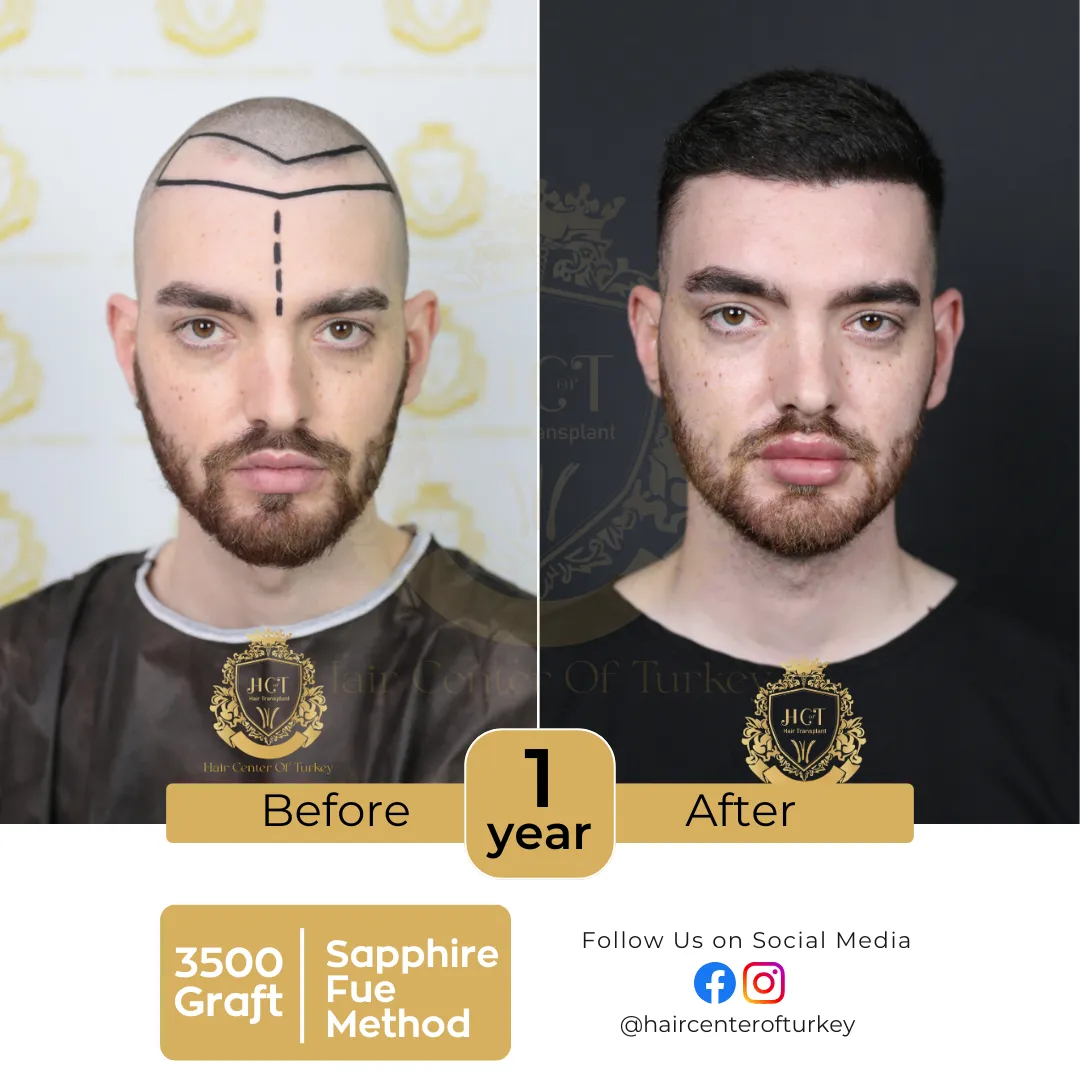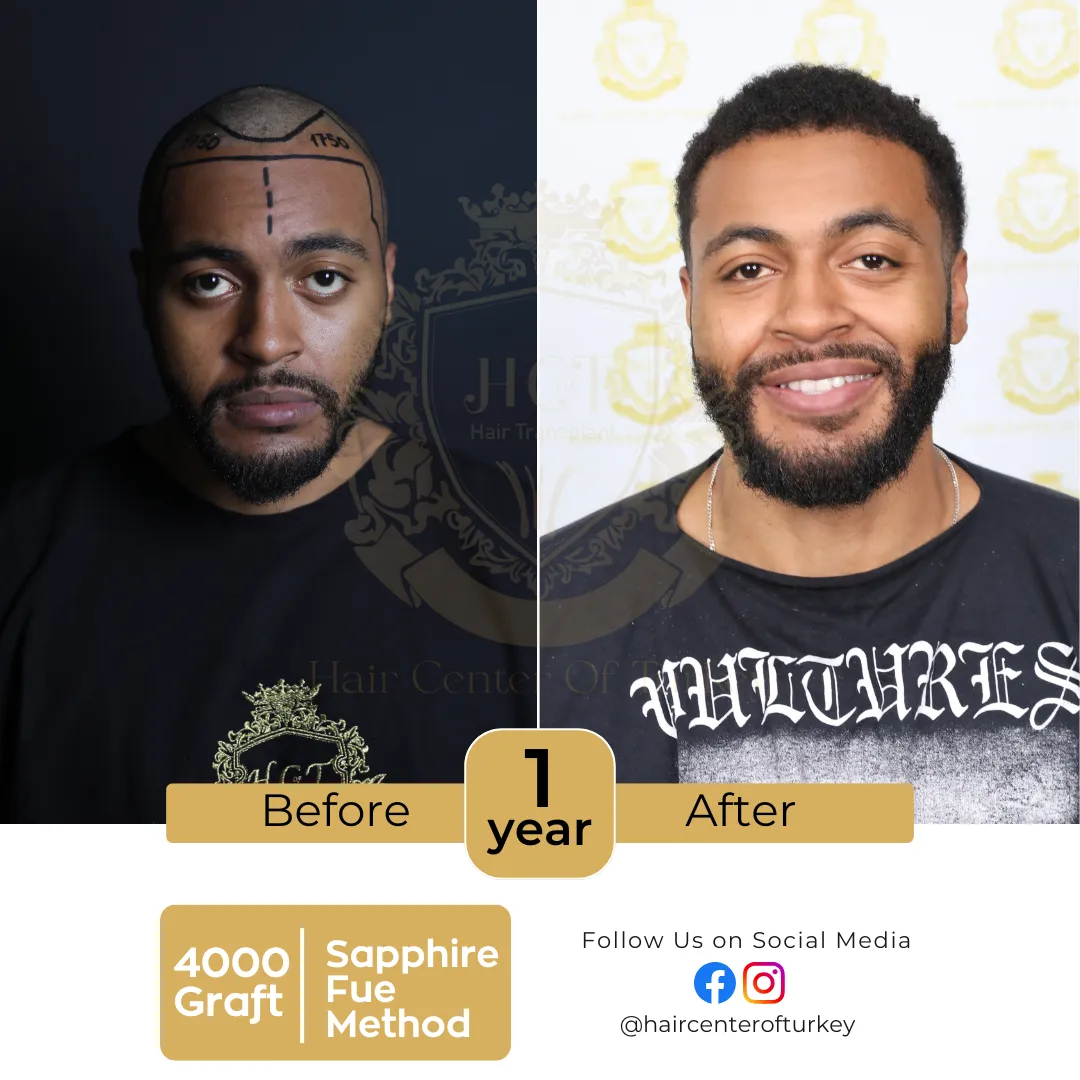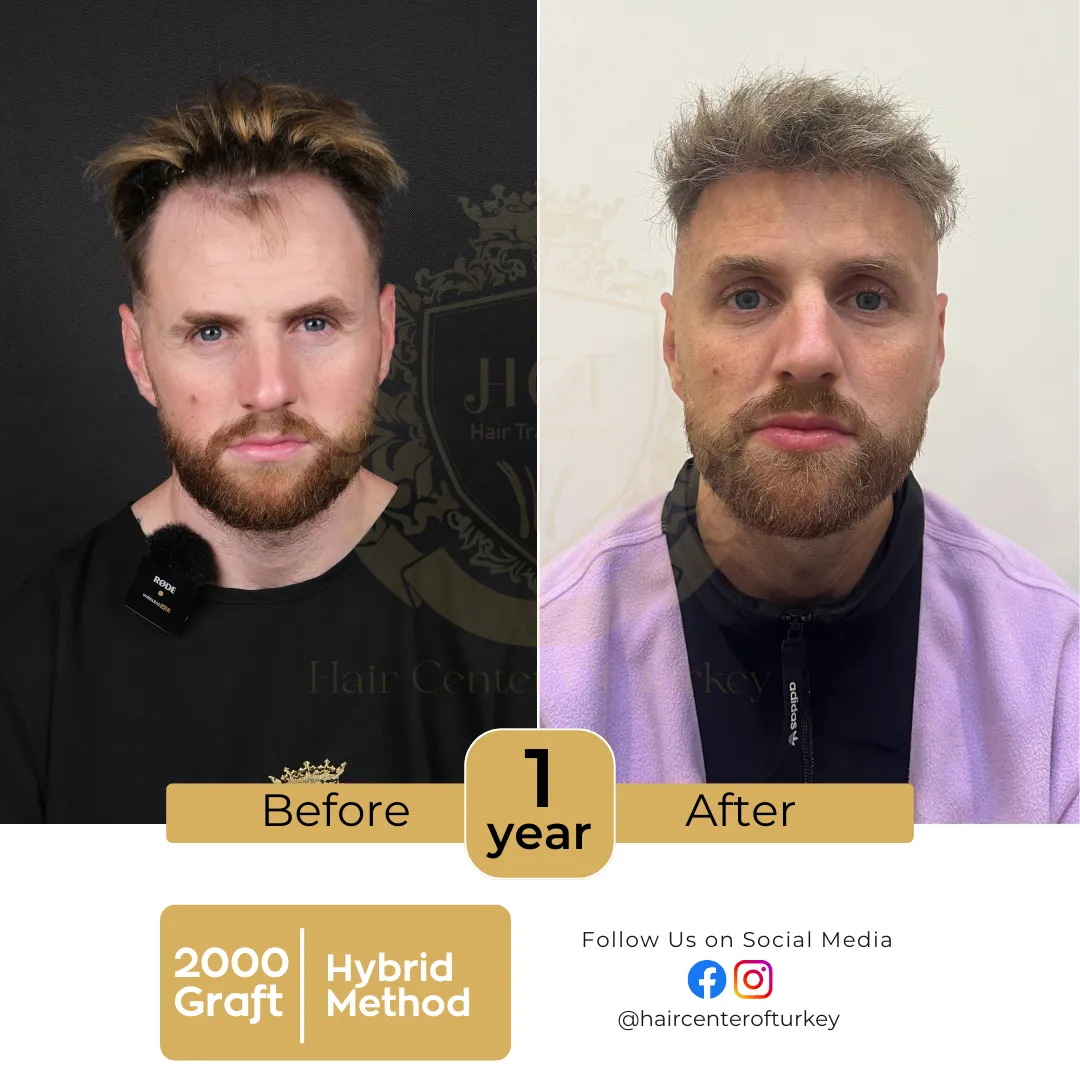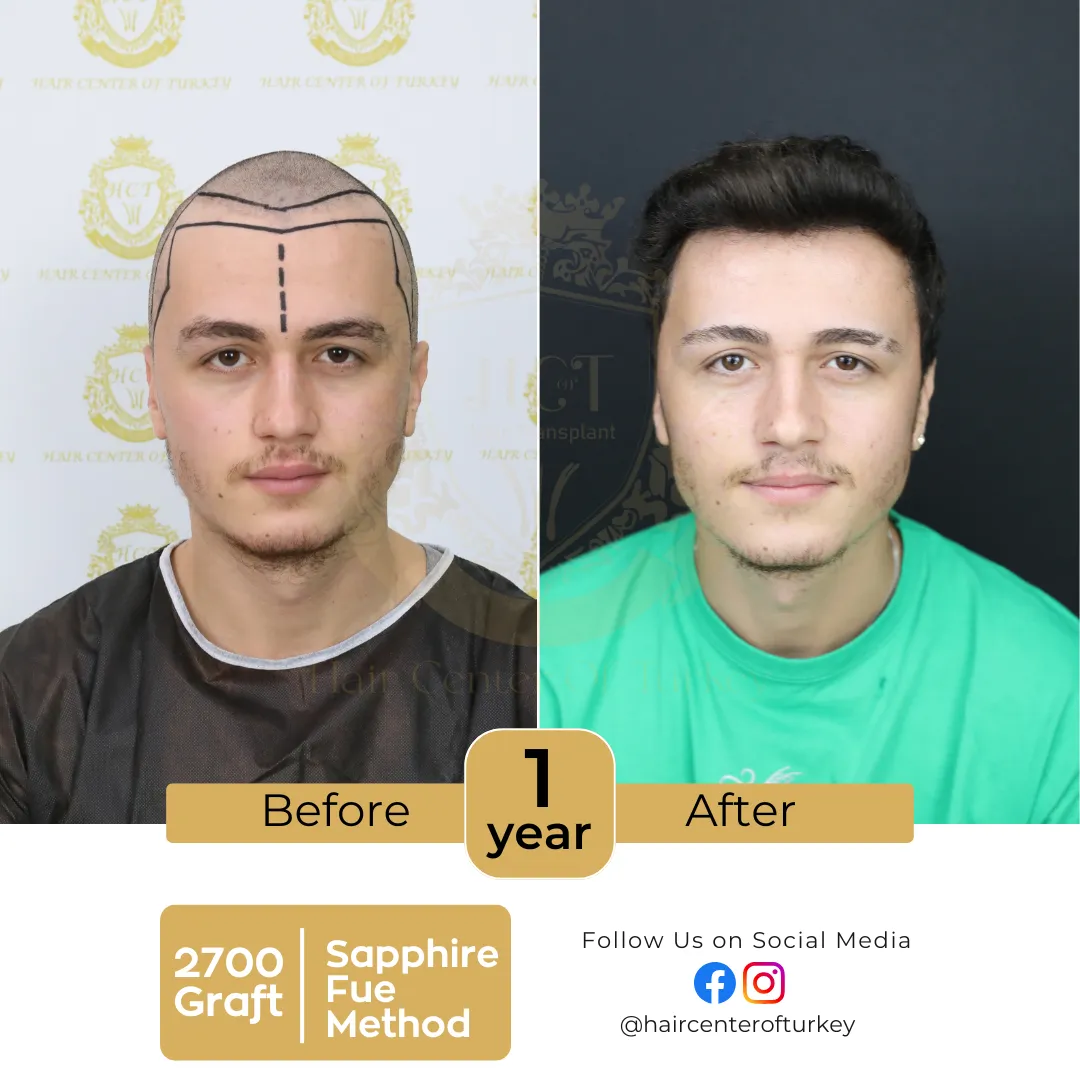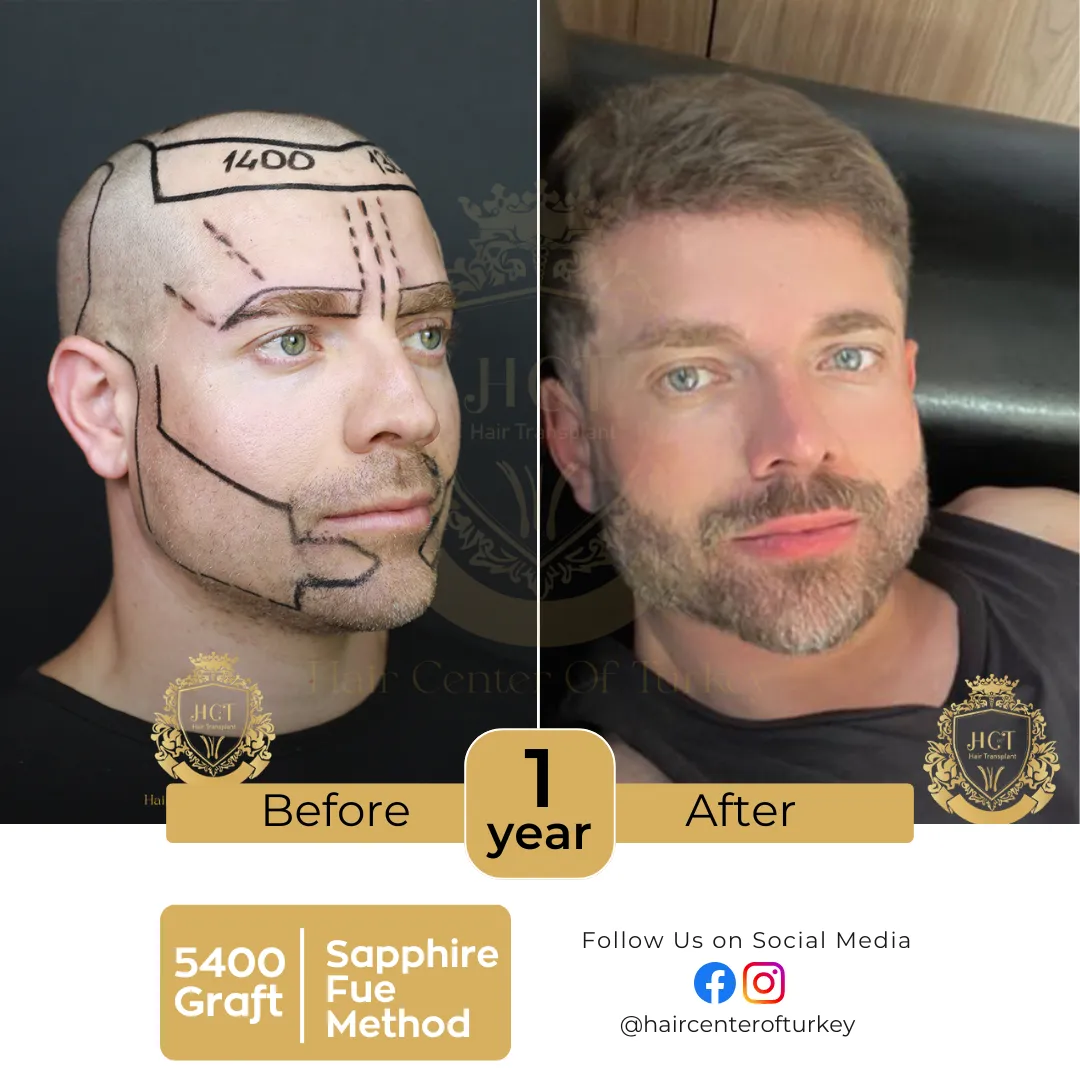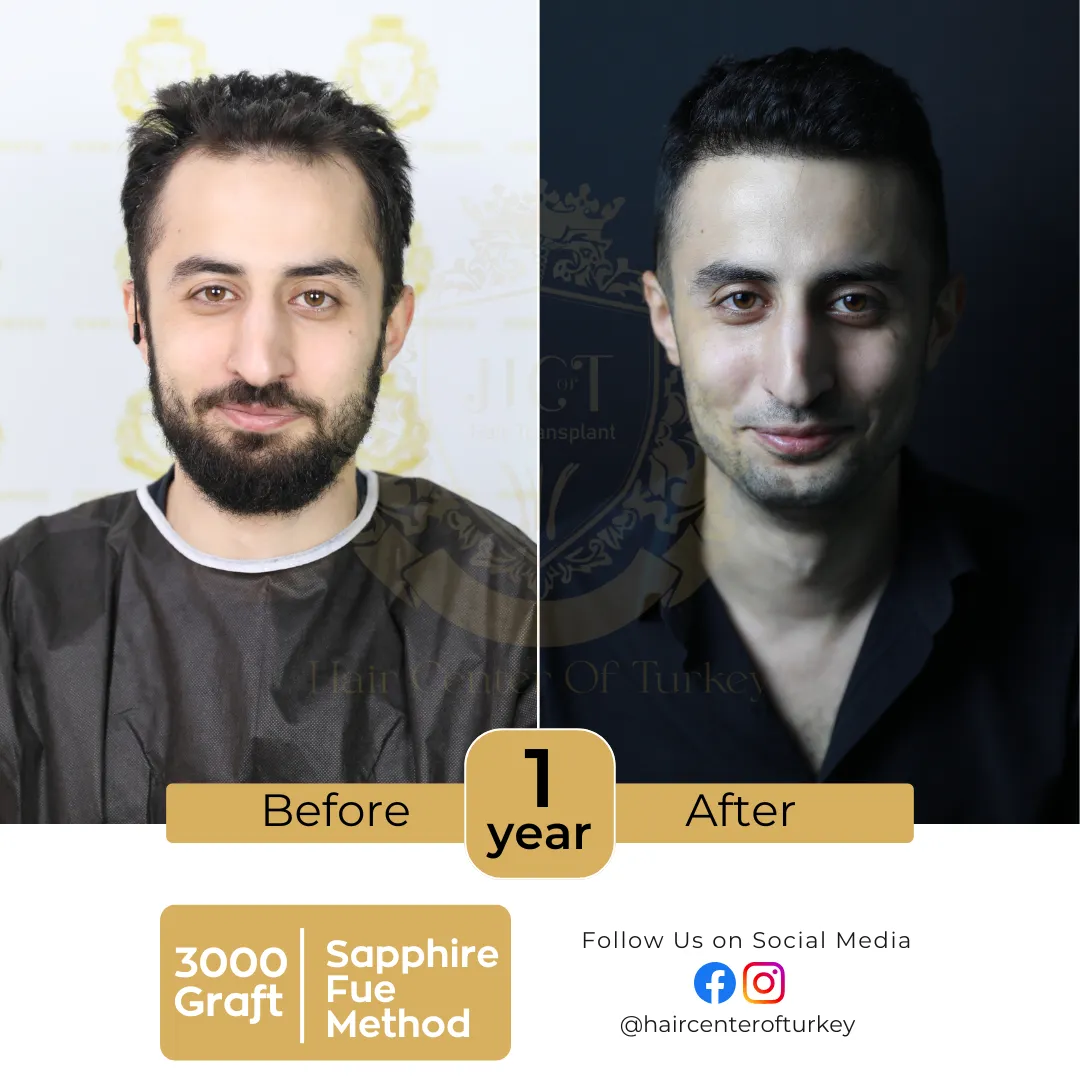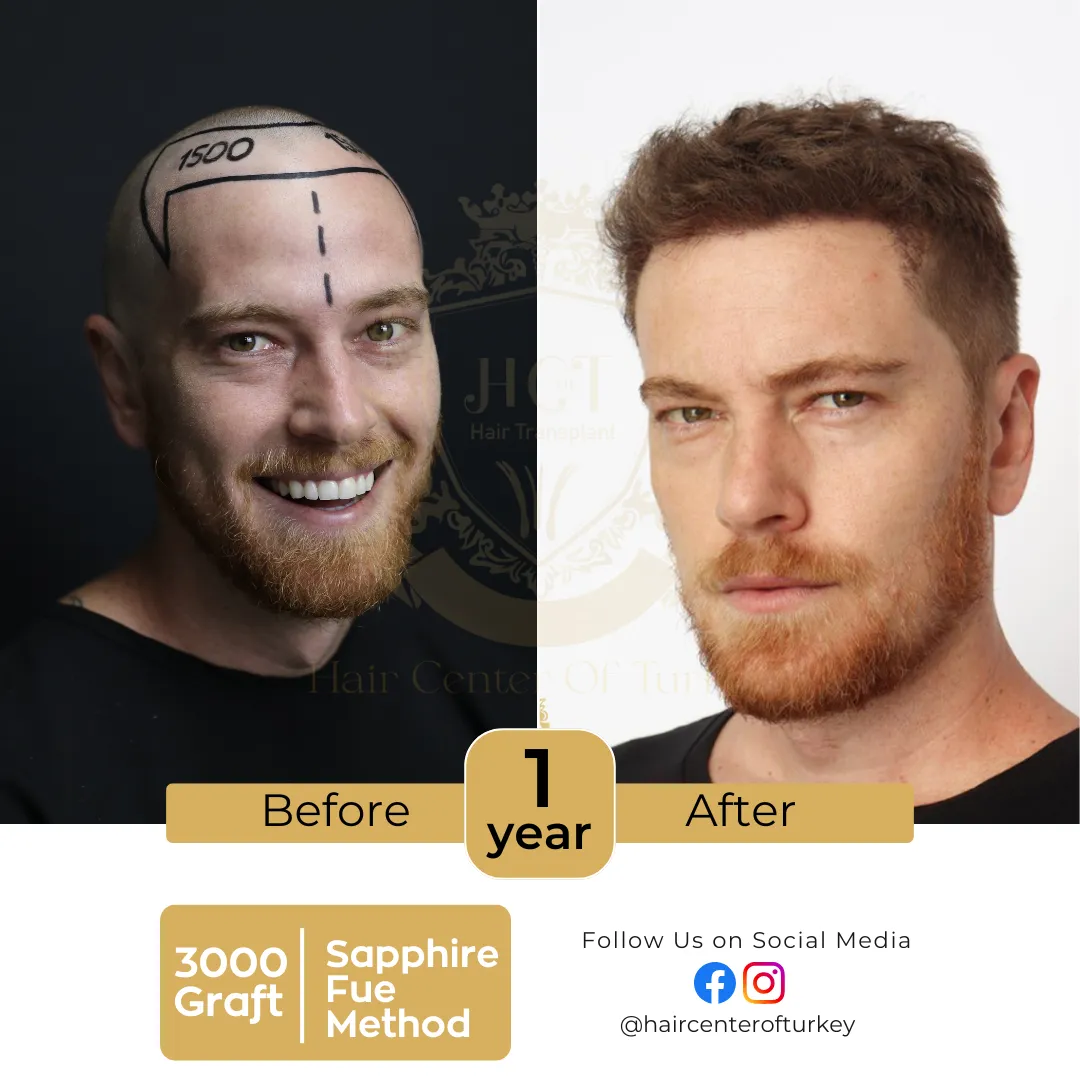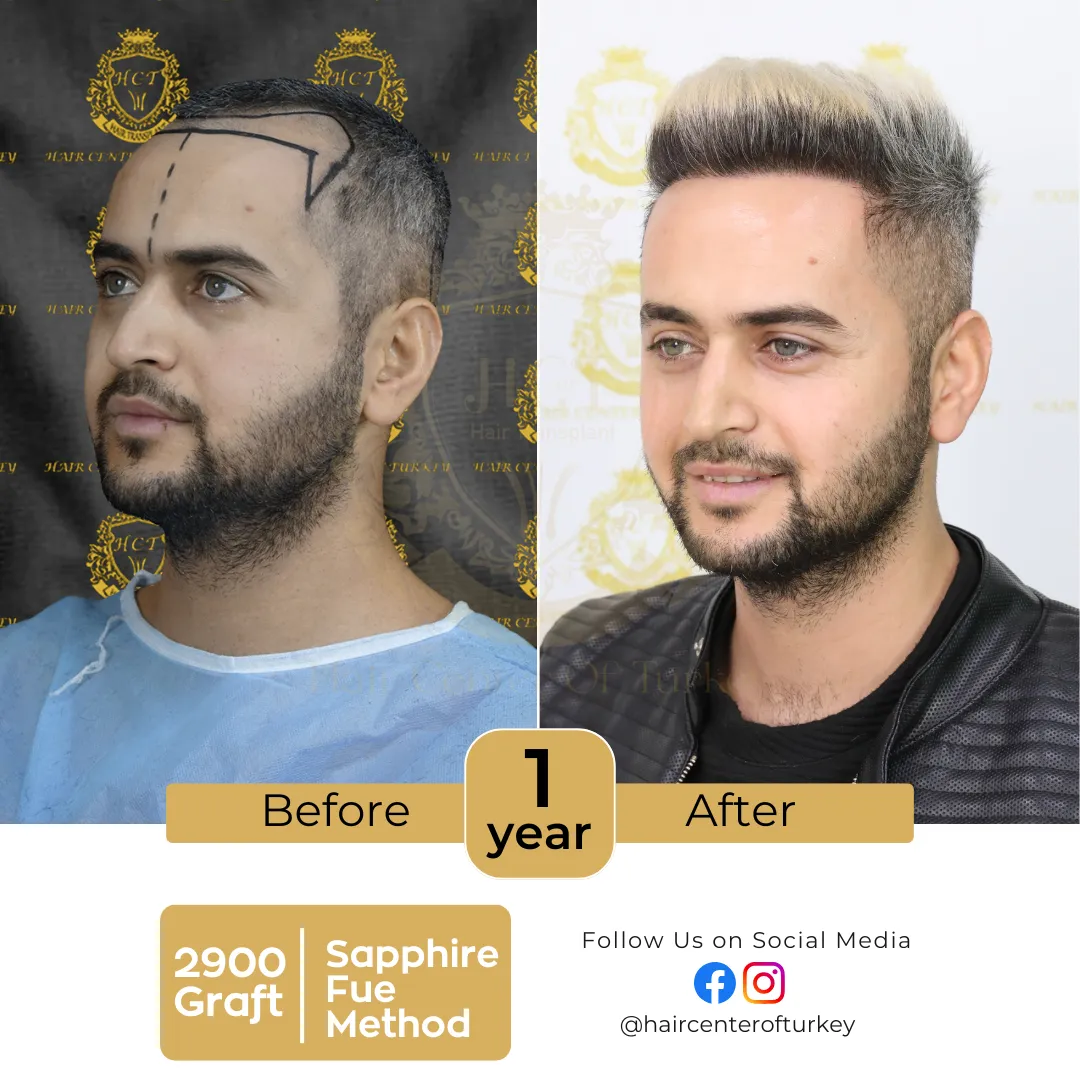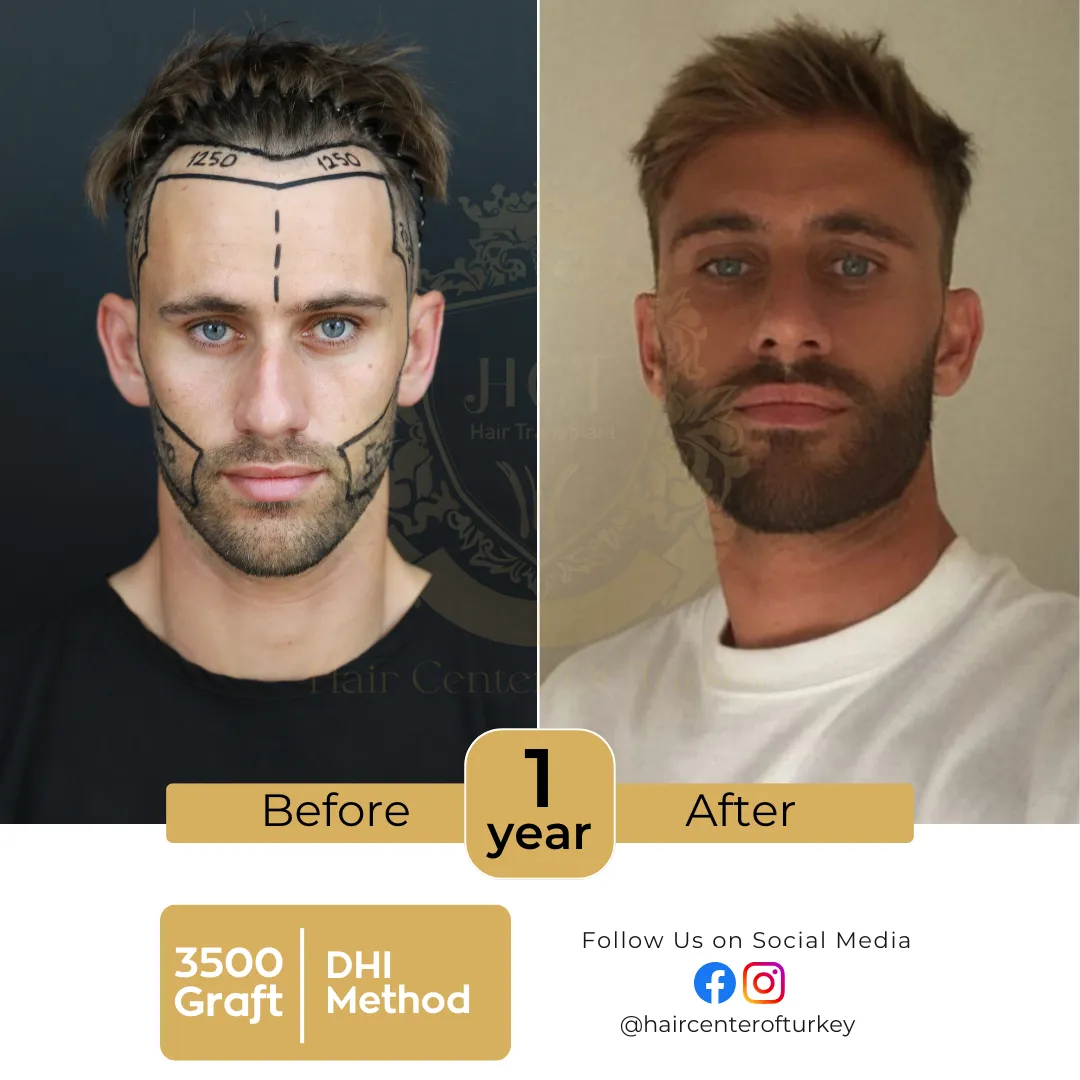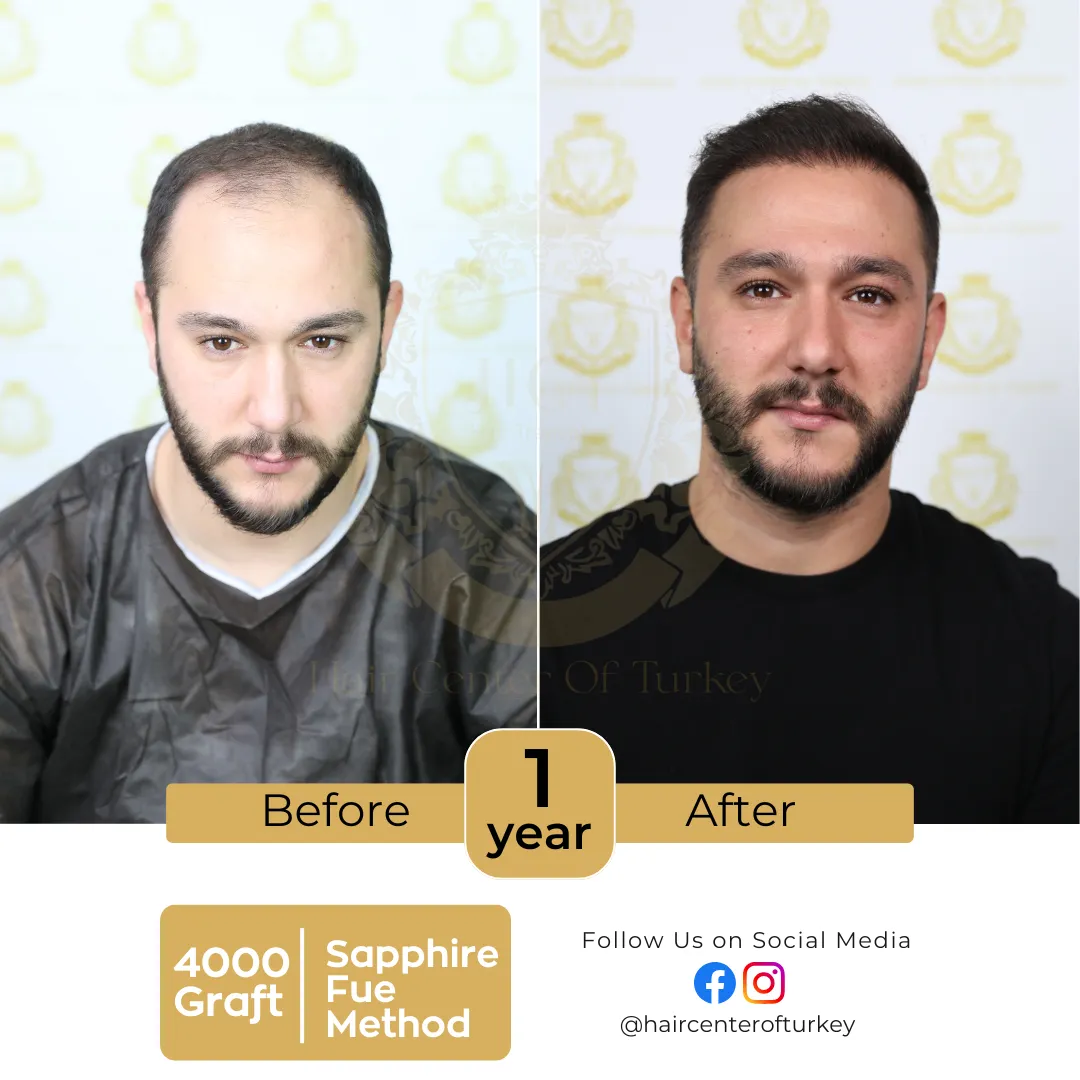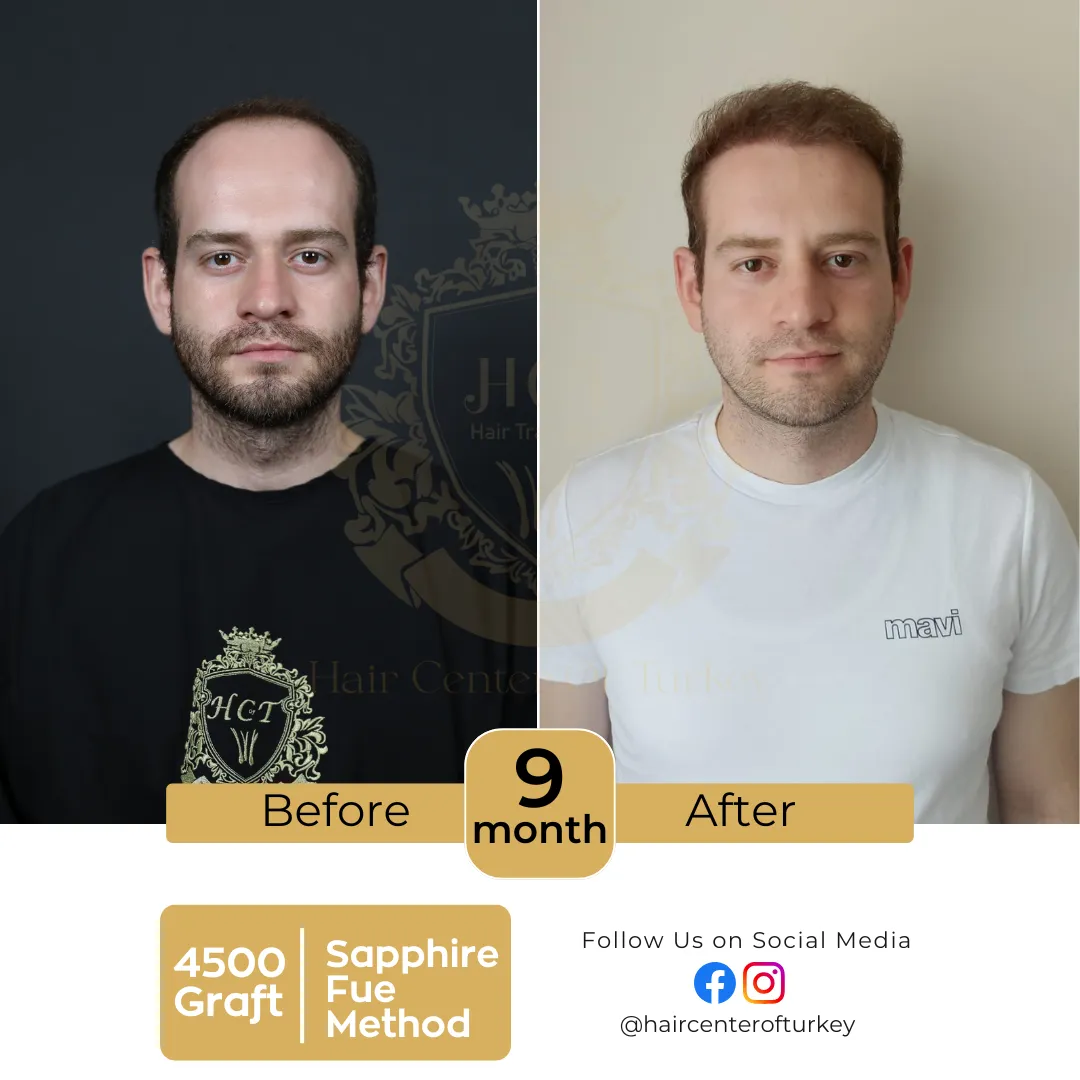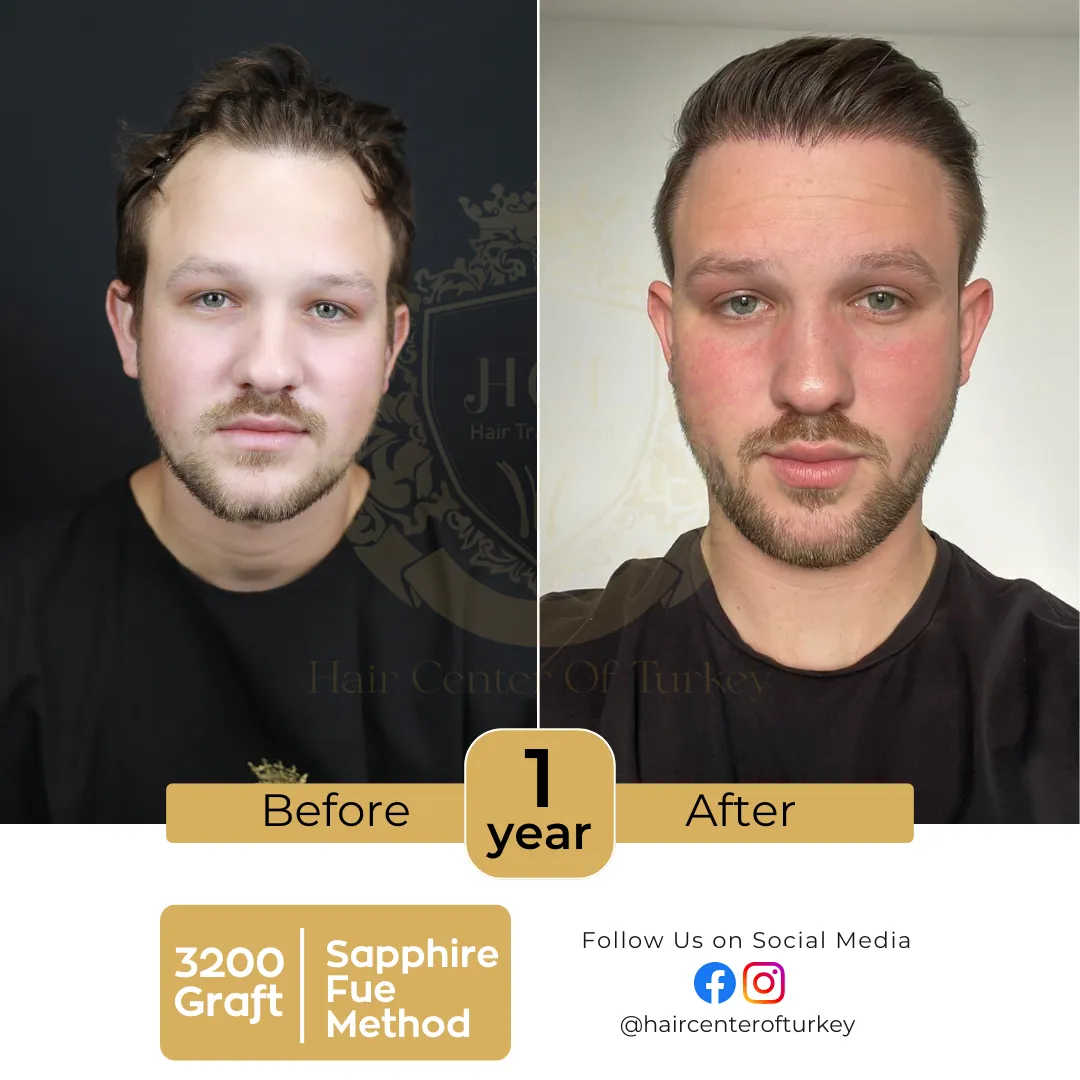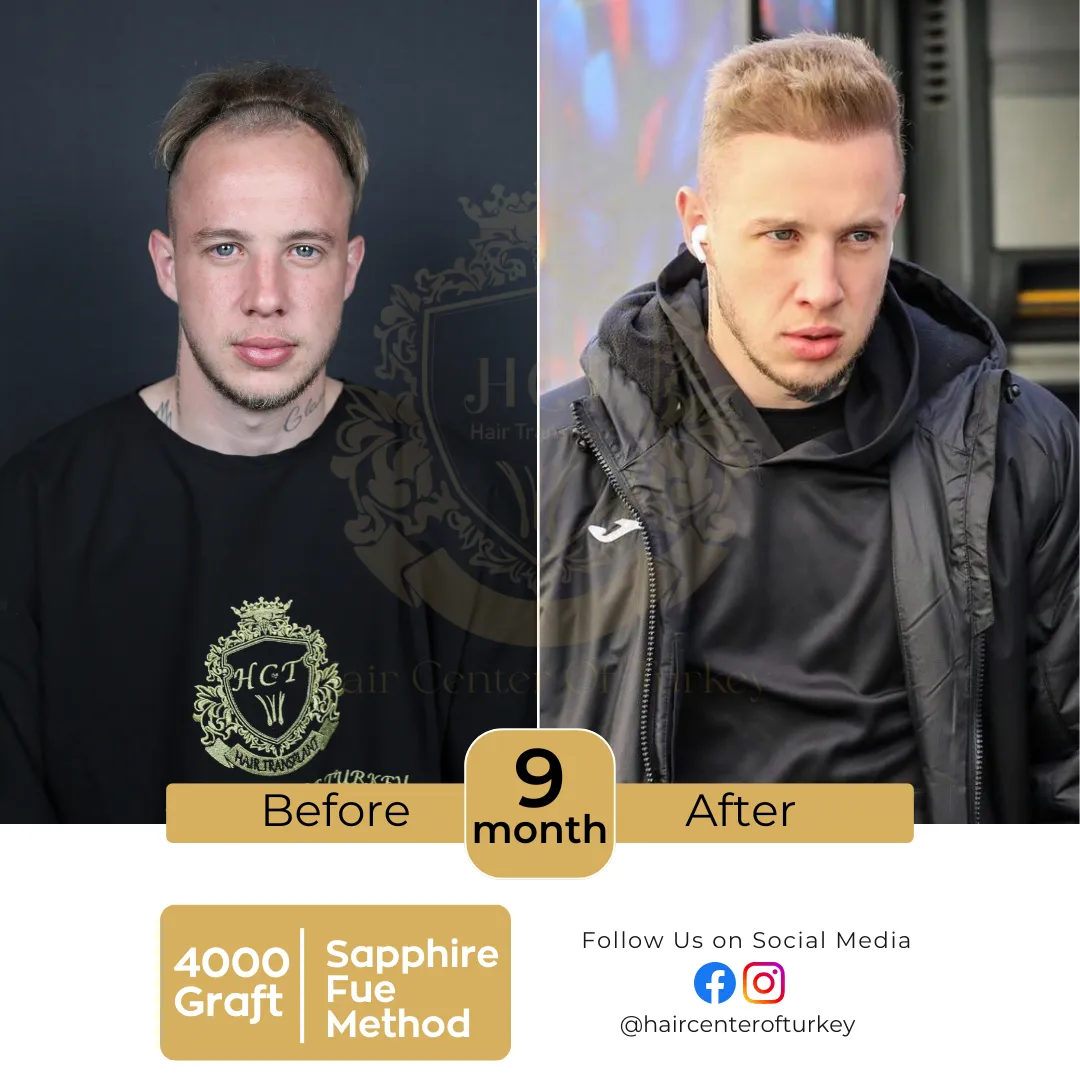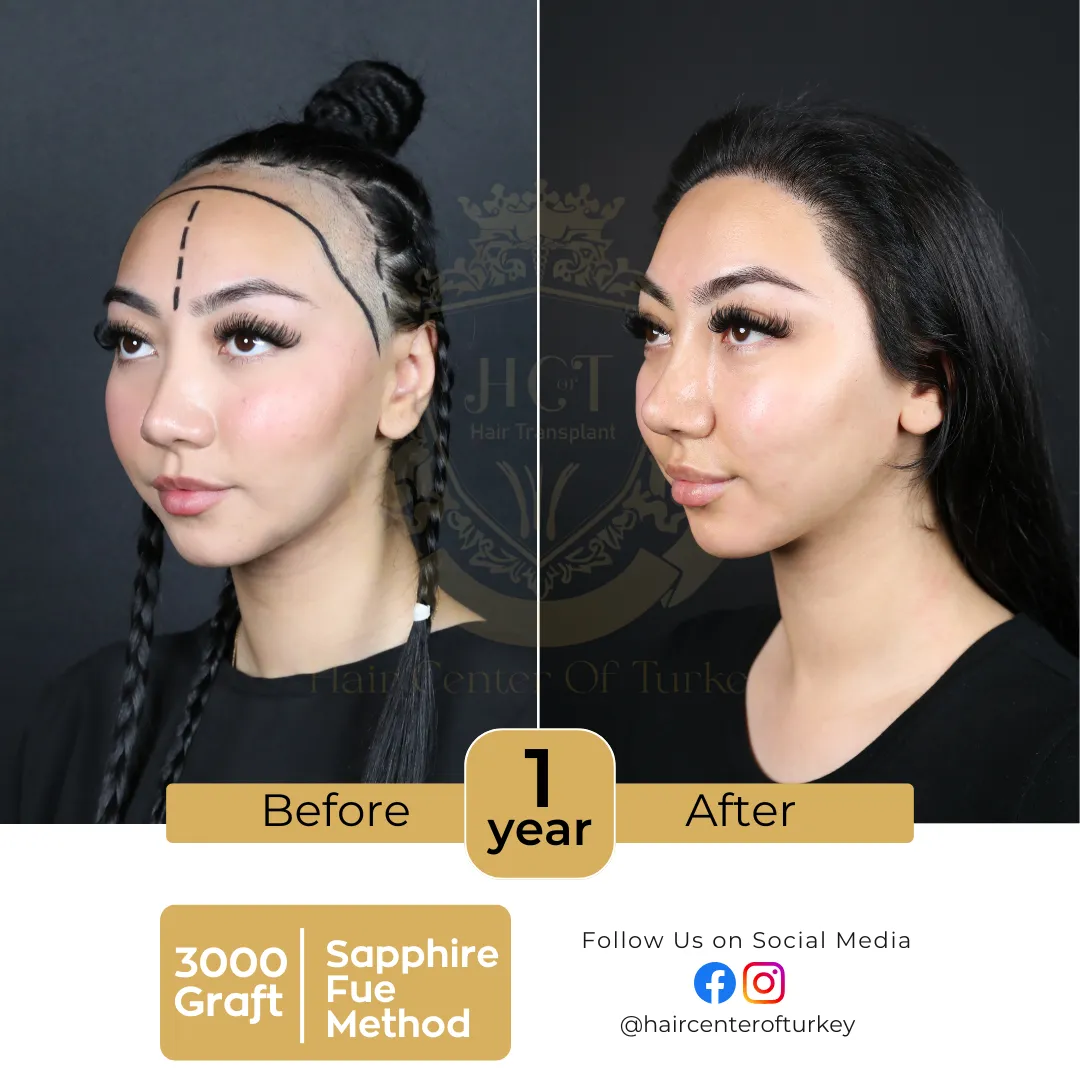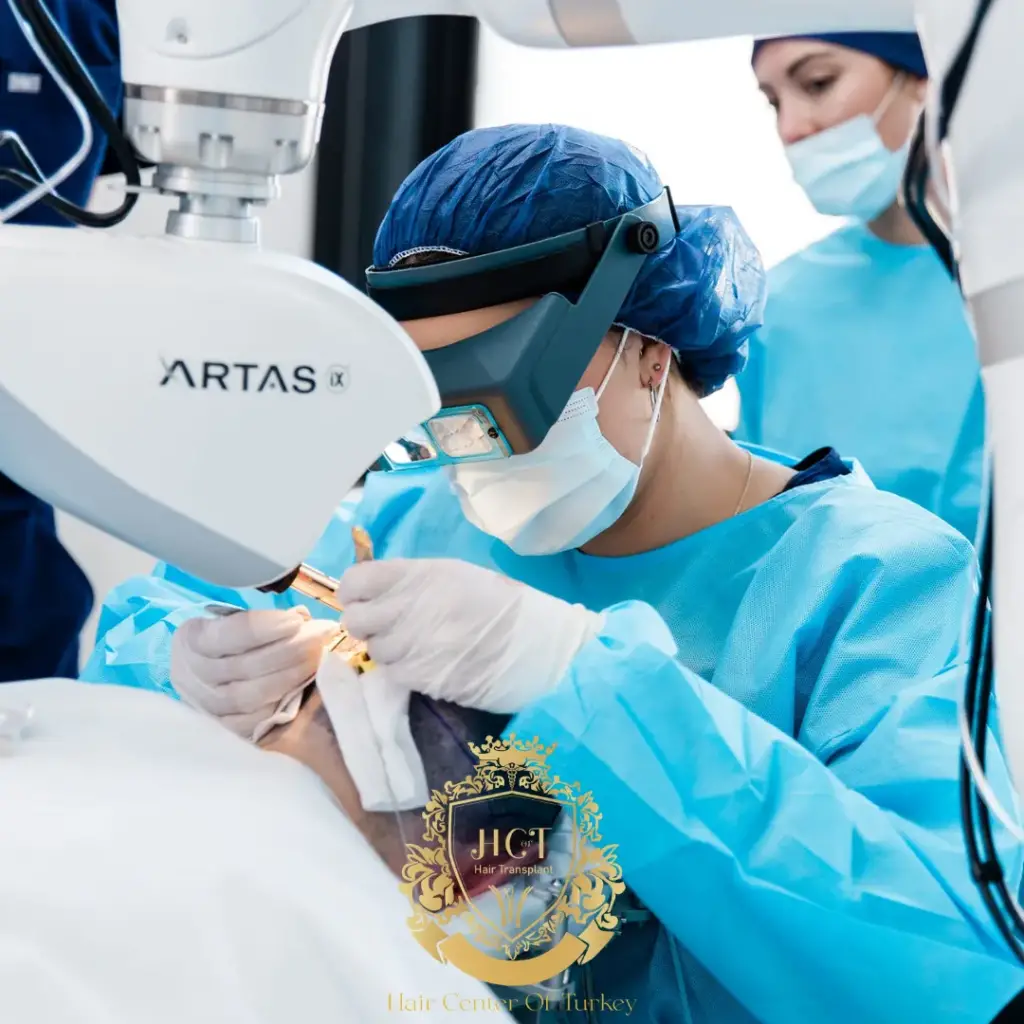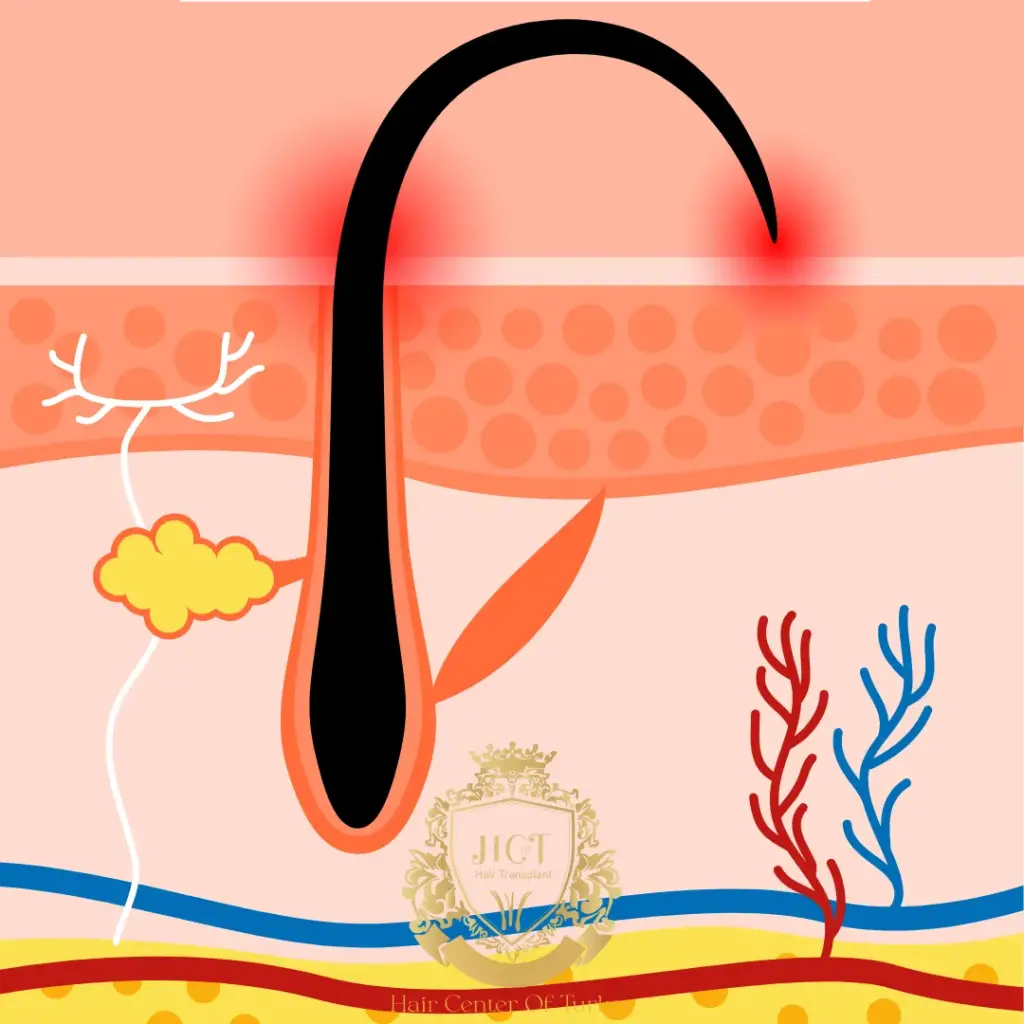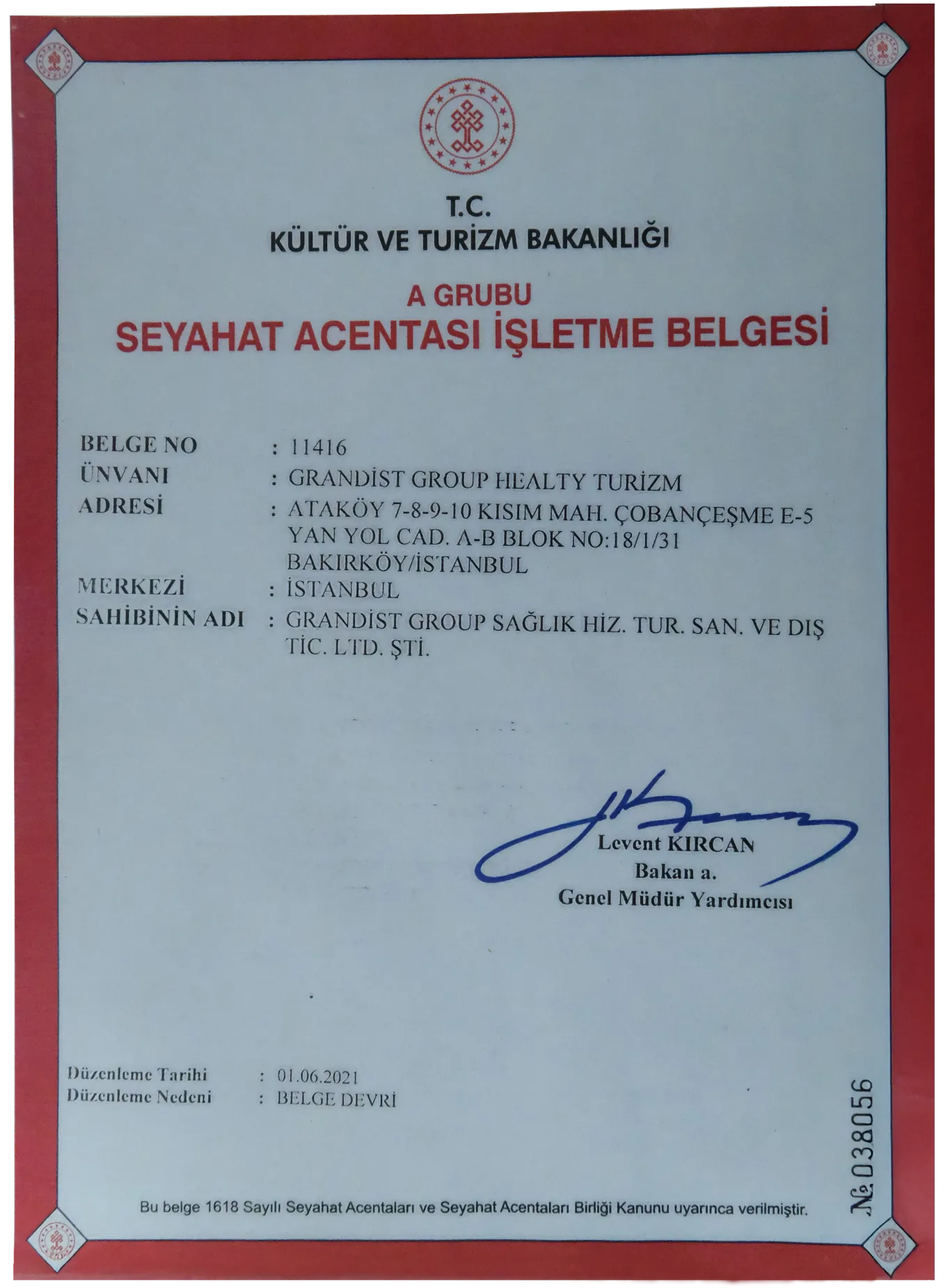What Are the Most Common Hair Problems and How Can You Fix Them?
Hair is a defining part of our appearance, and when it doesn’t behave the way we want it to, it can impact both our confidence and comfort. From excessive hair loss to frizz and breakage, many people experience common hair problems at some point in their lives. Thankfully, with the right knowledge and treatments, most of these issues are manageable. In this article, we’ll explore the most frequent hair problems and offer practical solutions to restore your hair’s health and appearance.
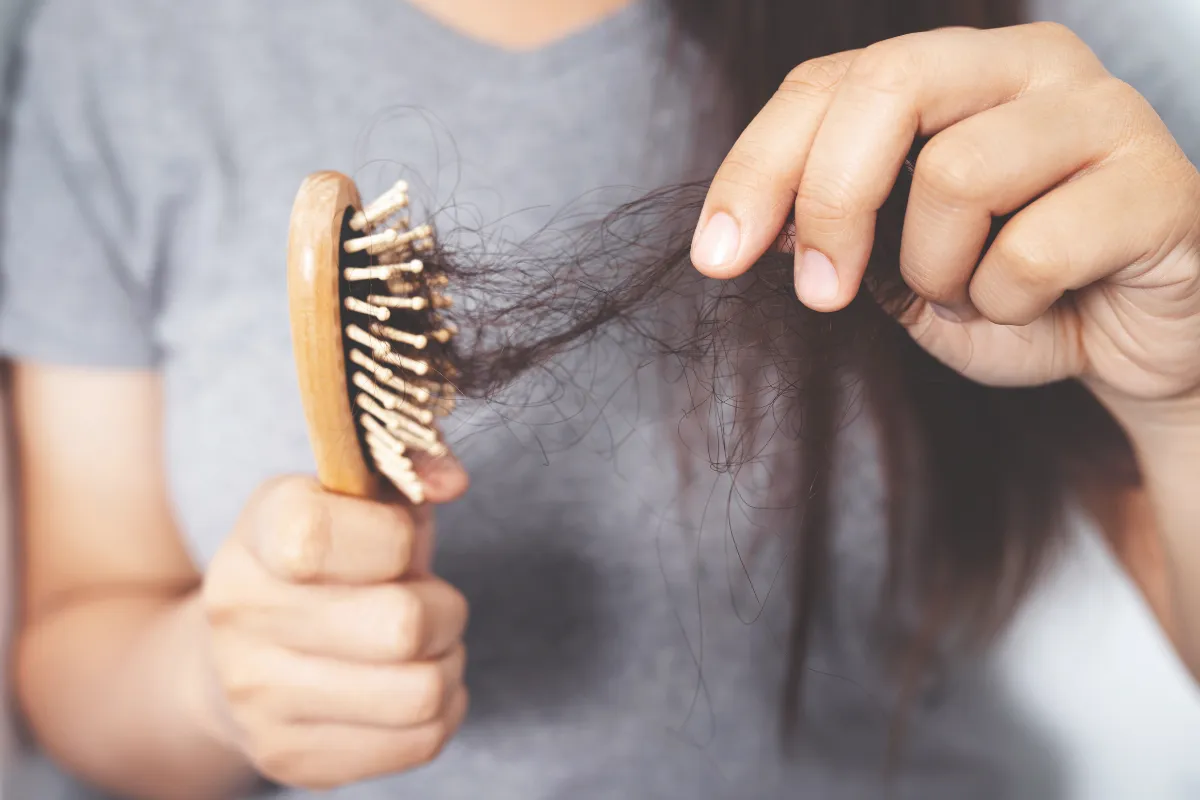
Why Do Hair Problems Happen in the First Place?
Hair issues can arise due to a combination of internal and external factors. Hormonal changes, nutritional deficiencies, stress, genetics, improper hair care routines, heat styling, and environmental exposure all contribute to various hair concerns. Identifying the underlying cause is the key to addressing the problem effectively.
What Causes Hair Loss and Thinning and How Can You Stop It?
Hair loss is one of the most common hair problems for both men and women. Causes include genetics (like male or female pattern baldness), hormonal imbalances (such as thyroid disorders or PCOS), nutritional deficiencies (like low iron or biotin), or even stress. Tight hairstyles and excessive styling can also lead to traction alopecia.
Solutions may include medical treatments like minoxidil or finasteride, PRP therapy, laser therapy, or hair transplant procedures for more advanced cases. Adopting a balanced diet rich in vitamins and proteins, managing stress, and avoiding harsh chemicals can also help reduce hair loss.
Why Is Your Hair Always Puffy and Unmanageable?
Frizz occurs when the outer layer of the hair (cuticle) becomes raised, allowing moisture to pass through and swell the hair shaft. This can result from humidity, excessive washing, heat styling, or lack of hydration.
To control frizz, use sulfate-free, moisturizing shampoos and conditioners, apply leave-in creams or serums with ingredients like argan oil or keratin, and reduce the use of heat styling tools. Hair masks once or twice a week can also deeply nourish and smoothen your strands.
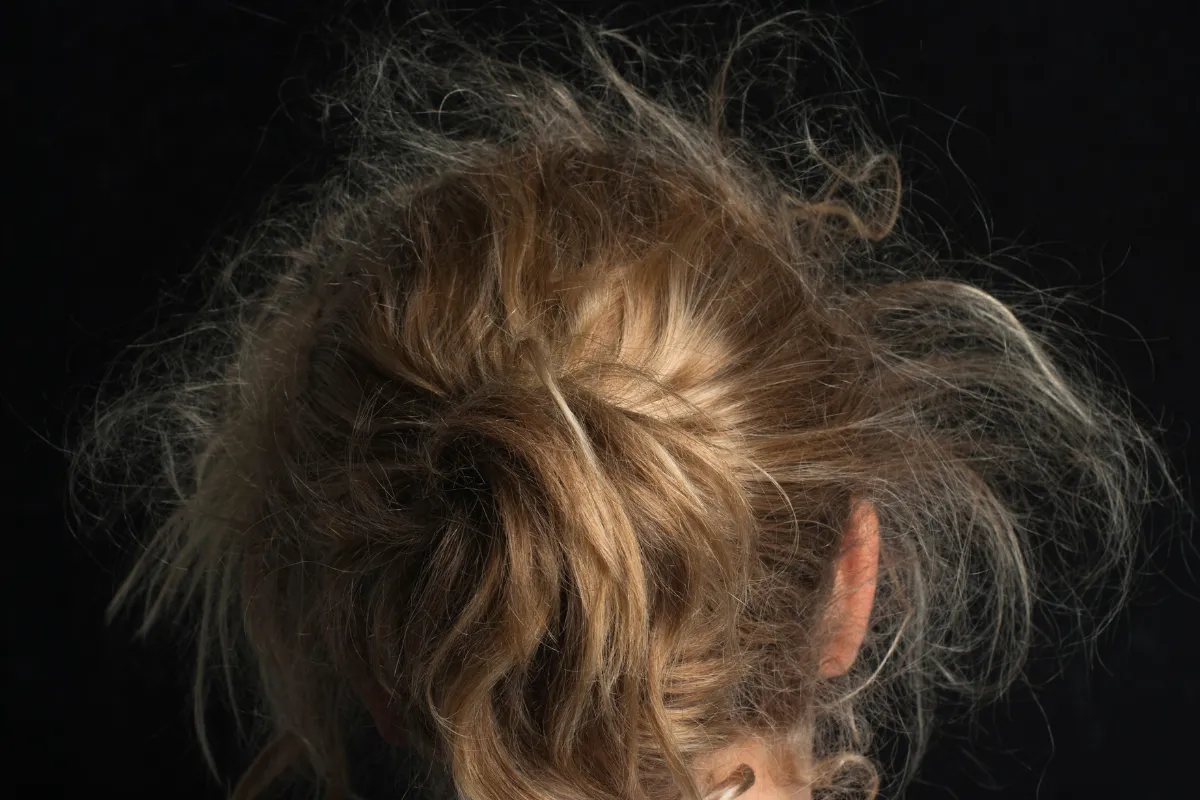
How Do You Stop Hair from Snapping?
Split ends and breakage are signs of weak, over-processed hair. Causes include frequent coloring, bleaching, heat styling, and rough towel drying. Even using elastic bands too tightly can weaken hair strands over time.
Trim your hair regularly (every 6–8 weeks), switch to a microfiber towel or T-shirt to dry your hair gently, and apply heat protectants before styling. Deep conditioning treatments and protein masks can help strengthen and repair damaged strands.
Dry Scalp and Dandruff: What’s the Difference and How Can You Treat It?
A dry scalp lacks moisture, leading to flaking and tightness, while dandruff is caused by a fungal imbalance or excessive oil production, resulting in white or yellow flakes and itchiness.
For a dry scalp, use hydrating shampoos and oils like coconut or jojoba oil. For dandruff, anti-fungal shampoos containing ingredients like ketoconazole, selenium sulfide, or zinc pyrithione are most effective. Avoid scratching your scalp and keep your hair clean to prevent buildup.
Why Does Your Hair Get Greasy So Fast?
Oily hair results from overactive sebaceous glands in the scalp. It may be genetic or triggered by hormonal changes, harsh shampoos, or over-washing, which strips natural oils and causes the scalp to produce even more oil.
Wash your hair less frequently—about 2–3 times a week—with a gentle, balancing shampoo. Avoid heavy conditioners at the roots and consider using dry shampoo between washes to absorb excess oil and add volume.
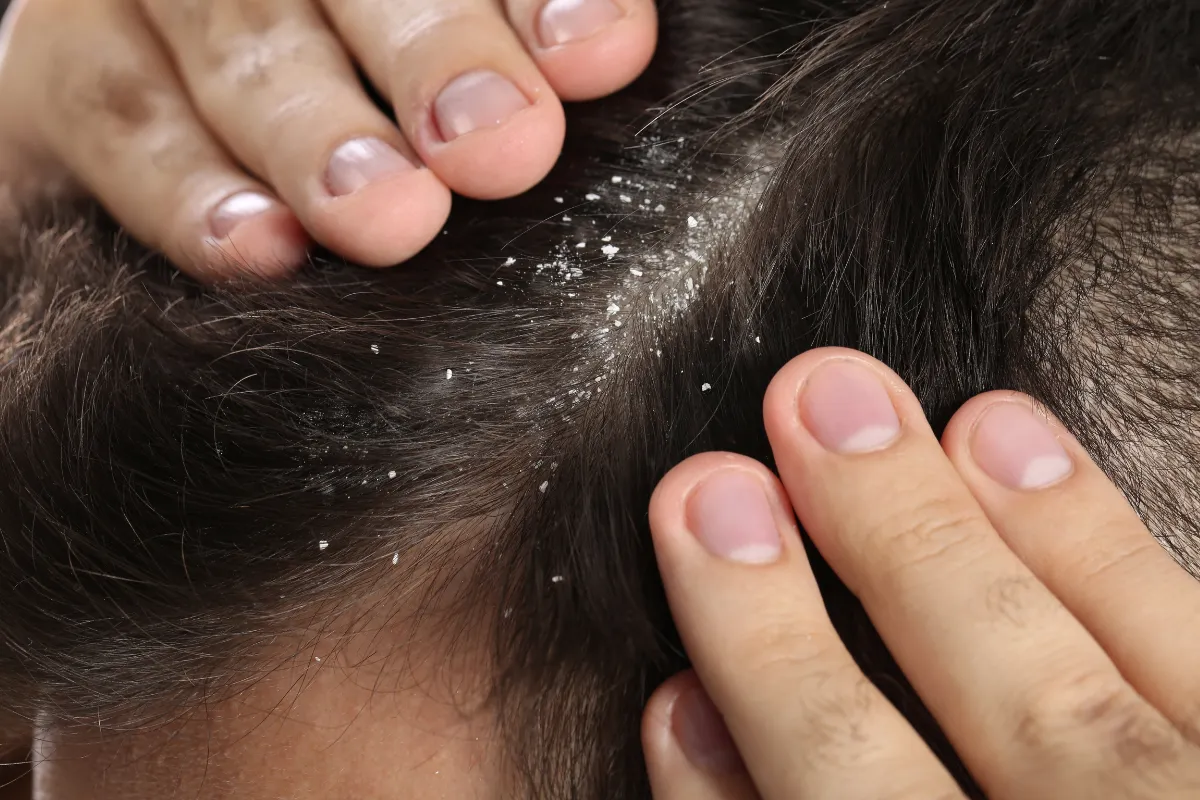
Lack of Volume and Lifeless Hair: What Can You Do to Boost It?
Flat or thin-looking hair can result from fine hair texture, buildup of styling products, or excess oil. It can also be a sign of poor scalp health.
To add volume, use volumizing shampoos, lift hair at the roots with a round brush while blow-drying, and avoid heavy conditioners that weigh the hair down. Scalp exfoliation once a week can also improve circulation and stimulate healthier growth.
Can You Really Fix Common Hair Problems at Home?
Yes—many hair issues can be significantly improved with proper care, the right products, and consistency. However, if symptoms persist or worsen, it’s best to consult a dermatologist or trichologist. Personalized treatment and diagnosis can uncover underlying issues and ensure long-term hair health.



